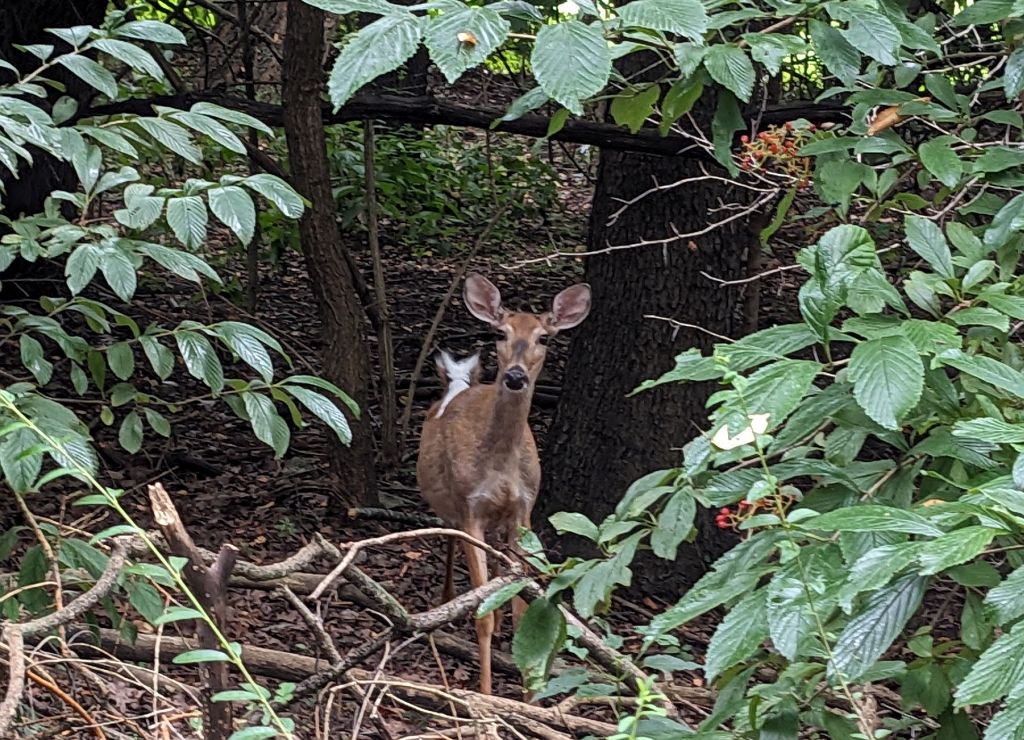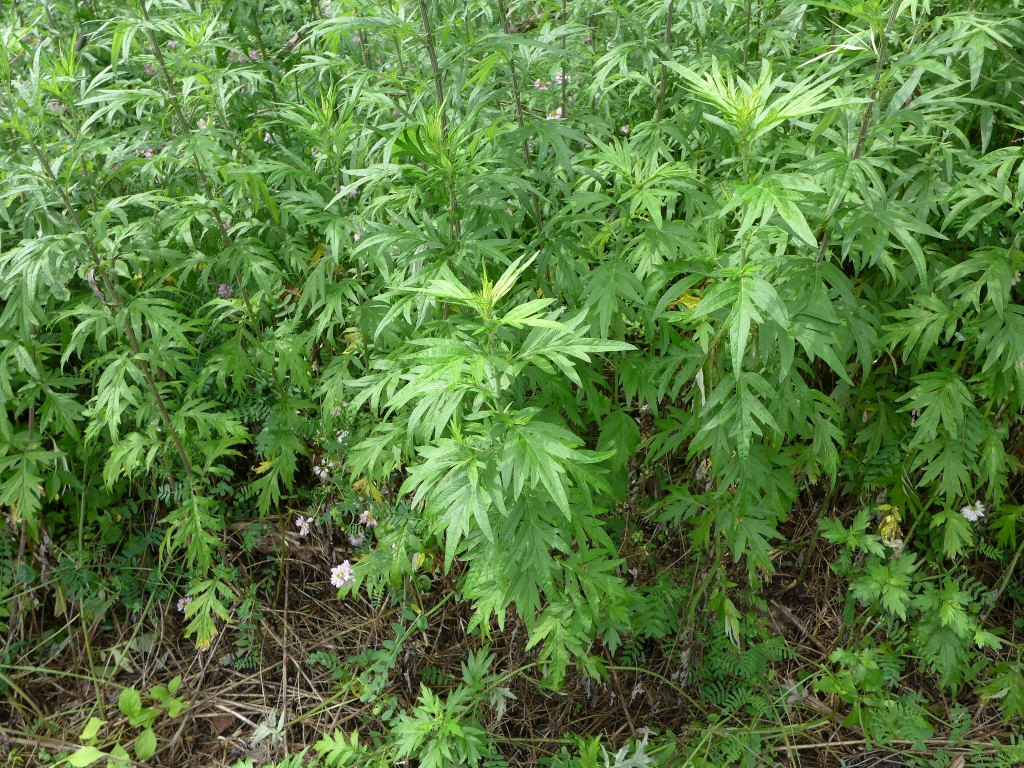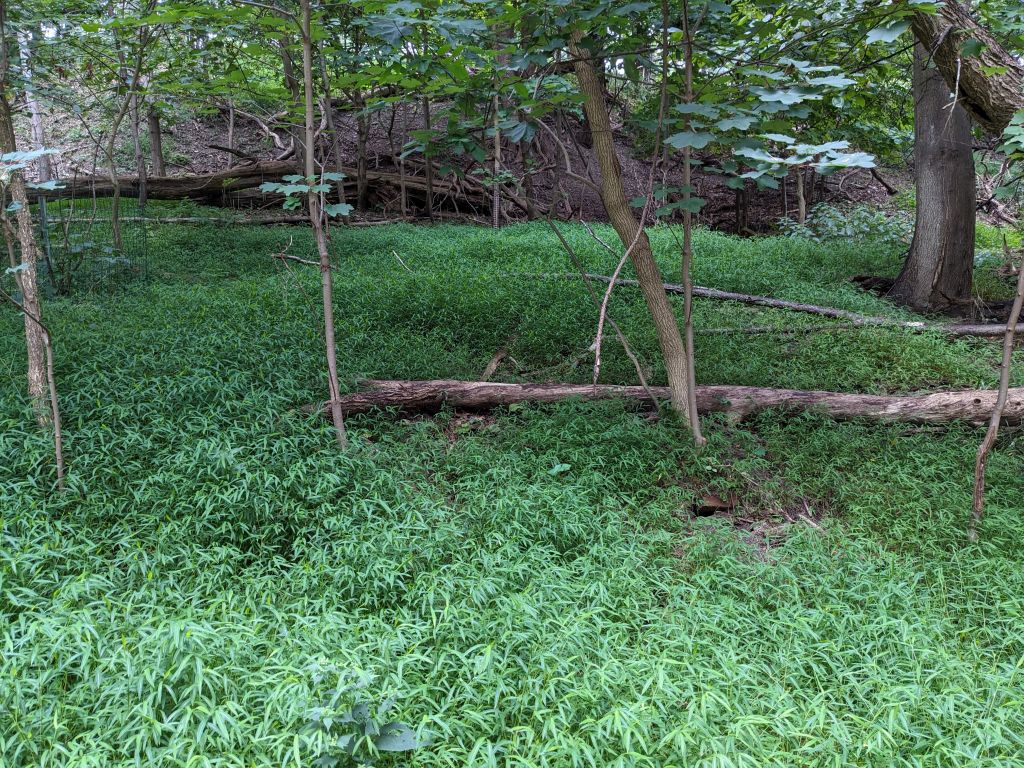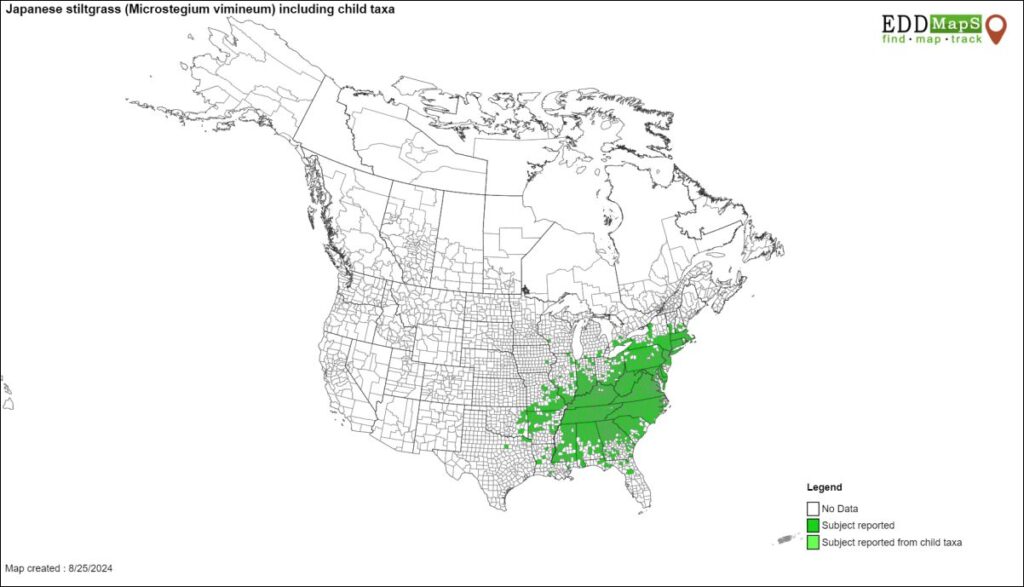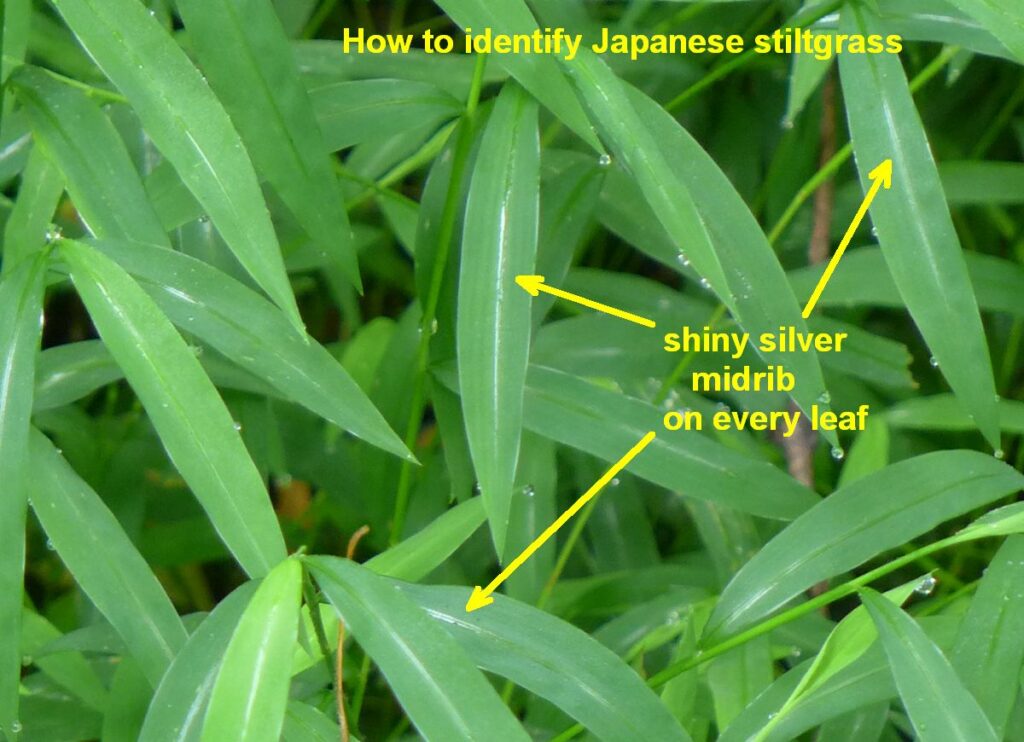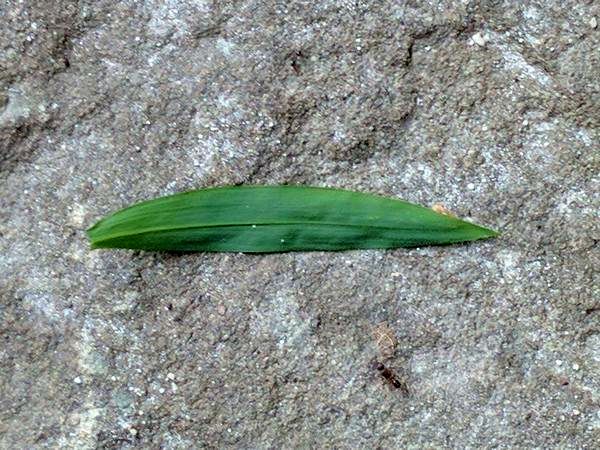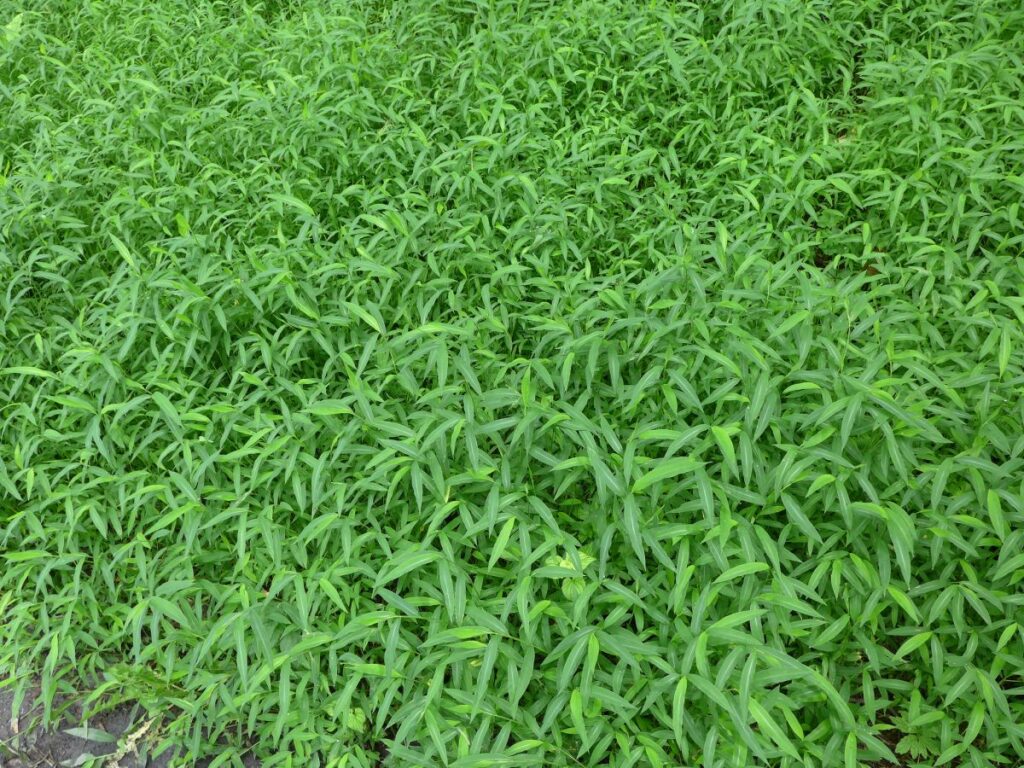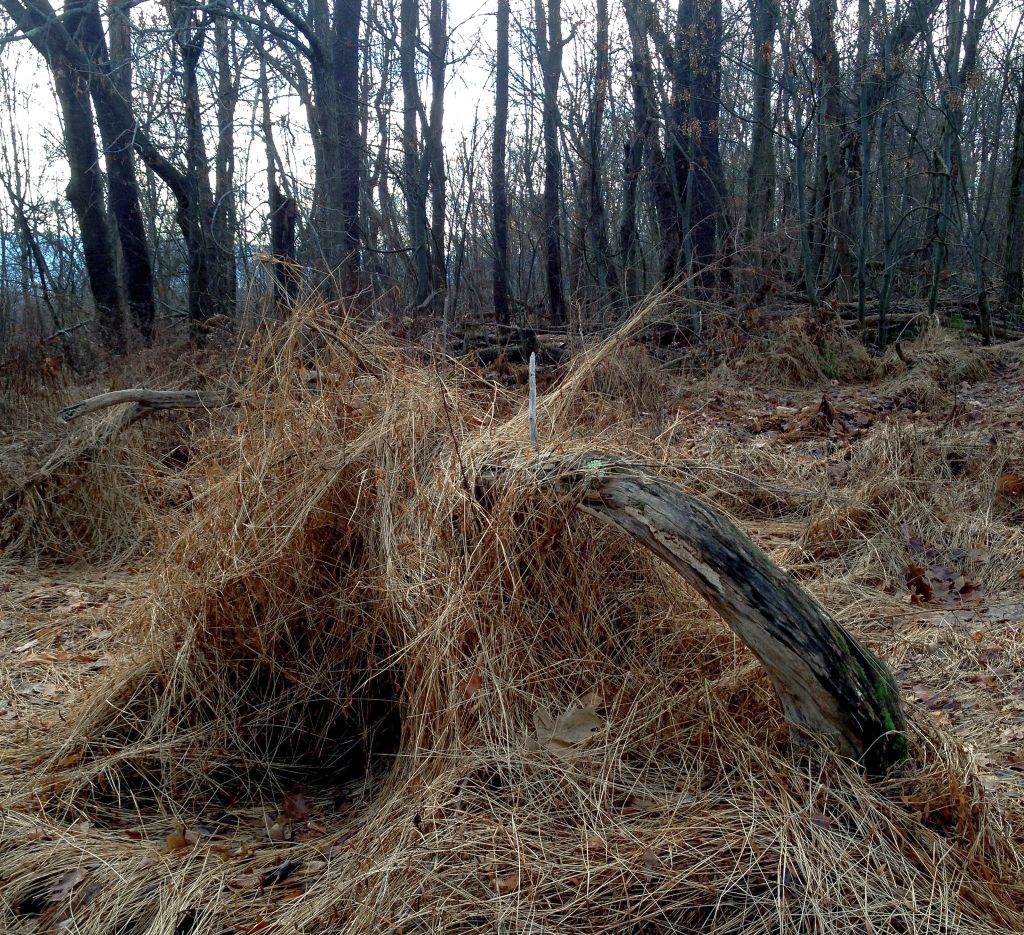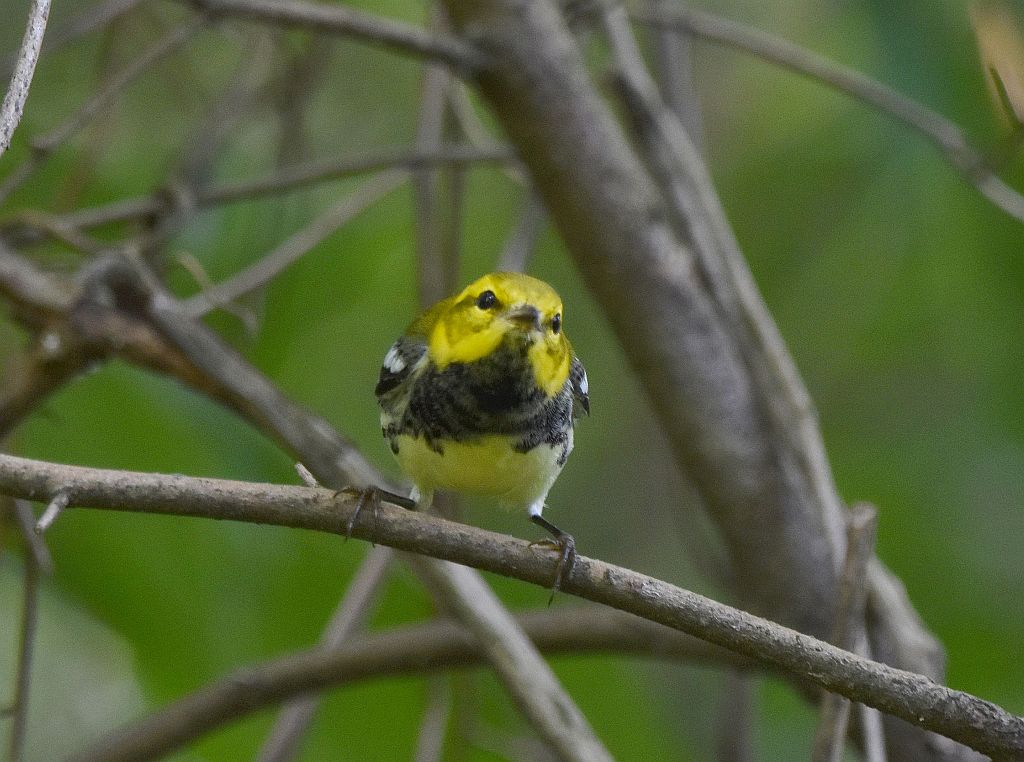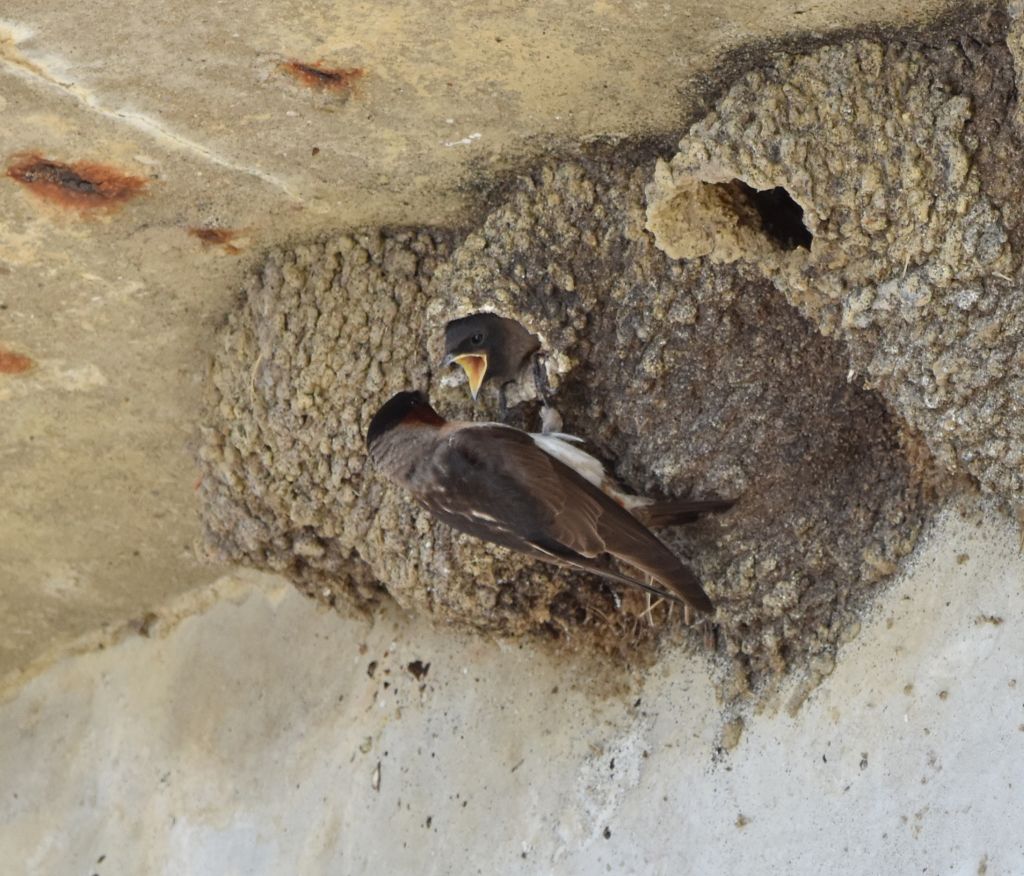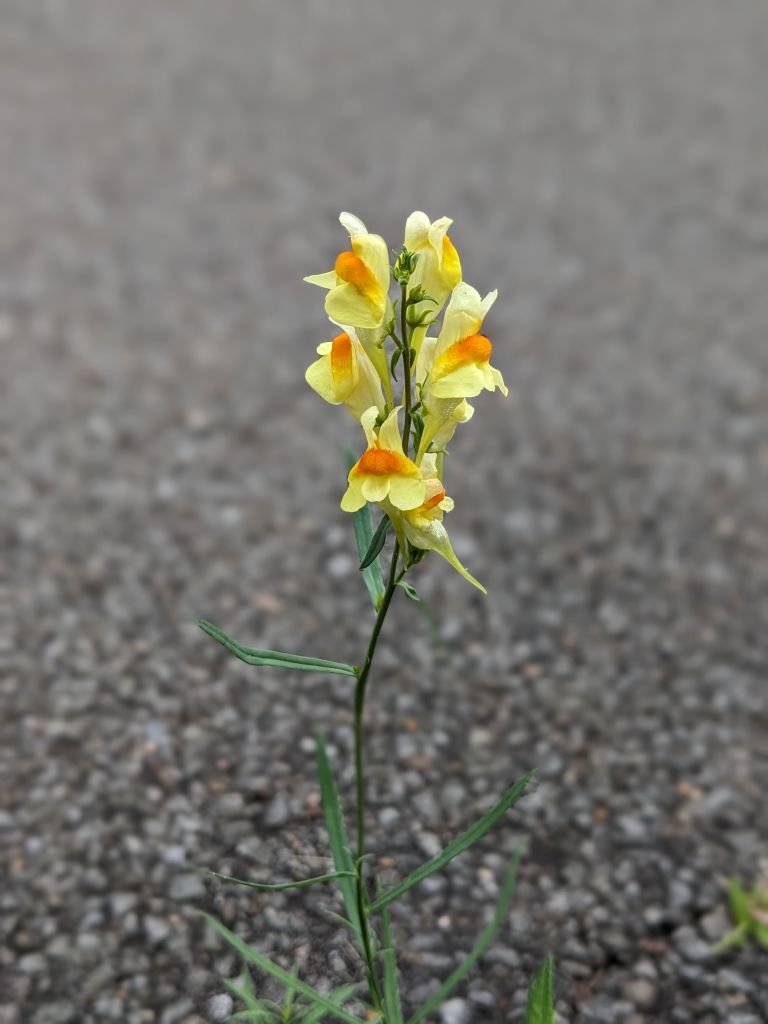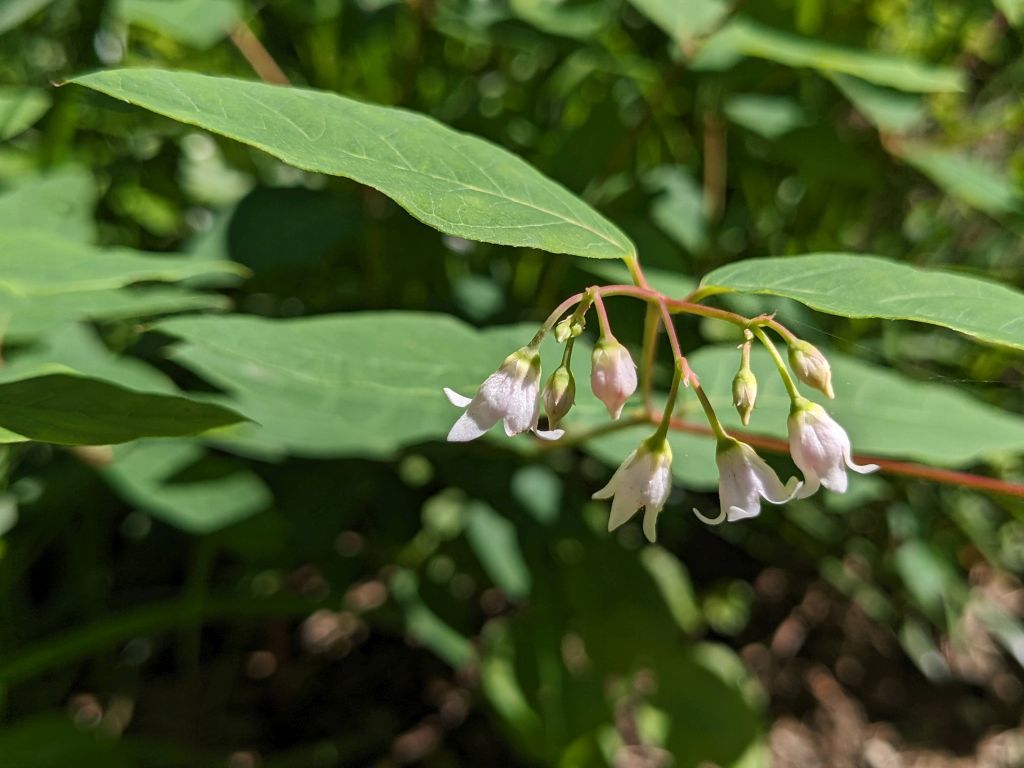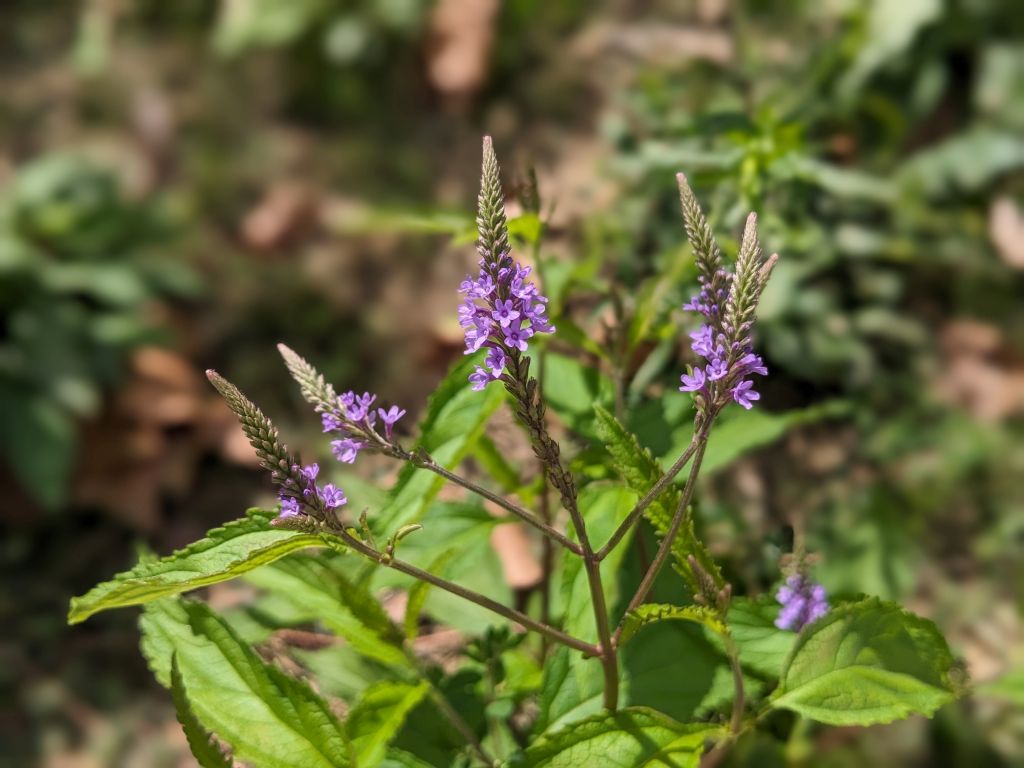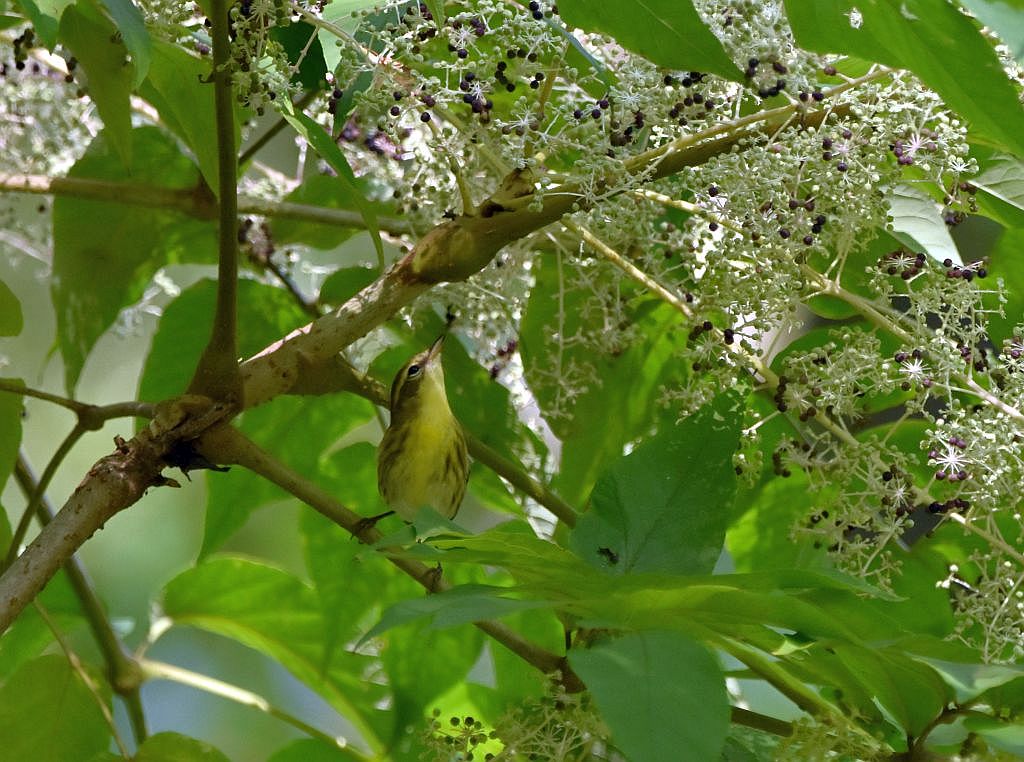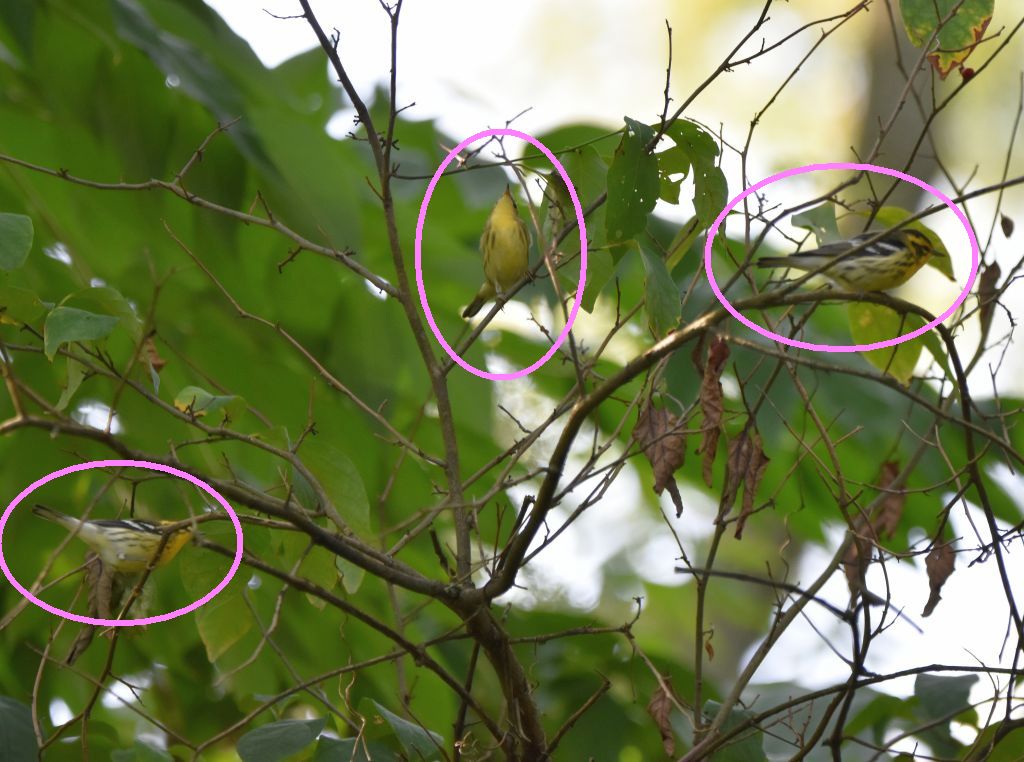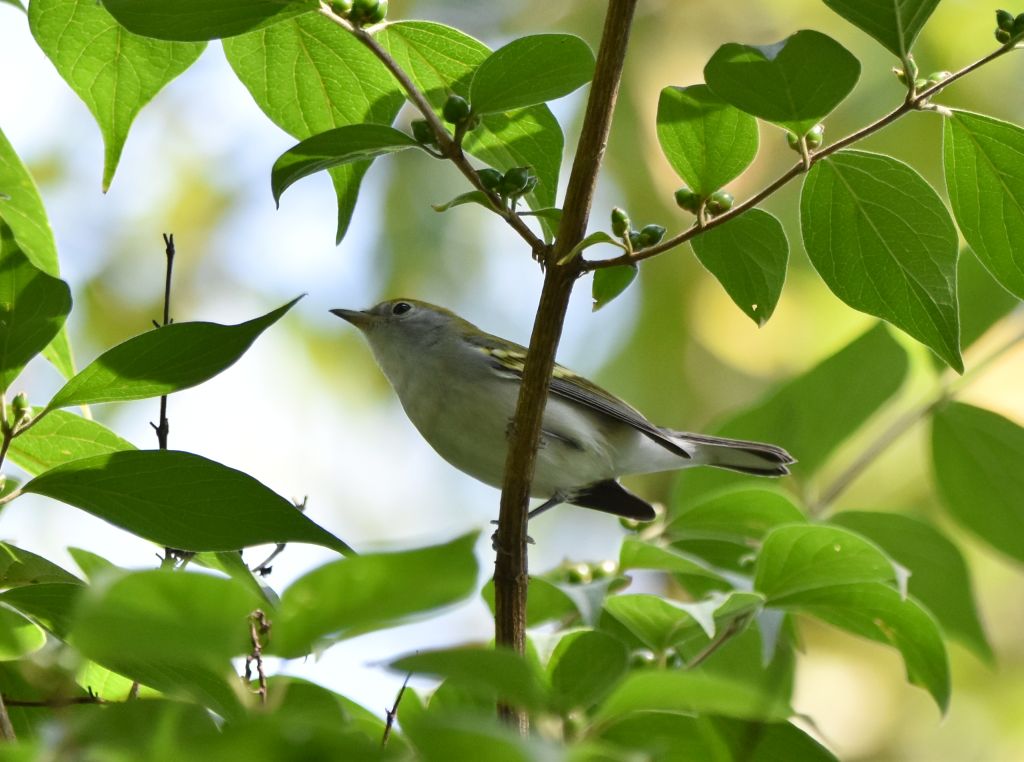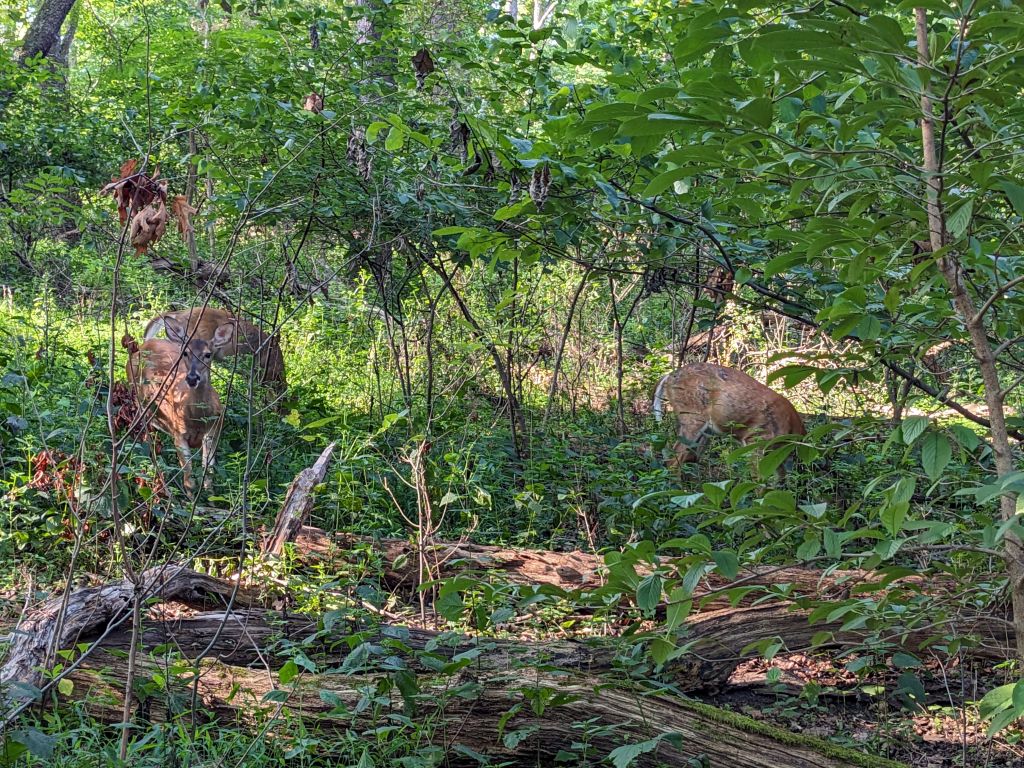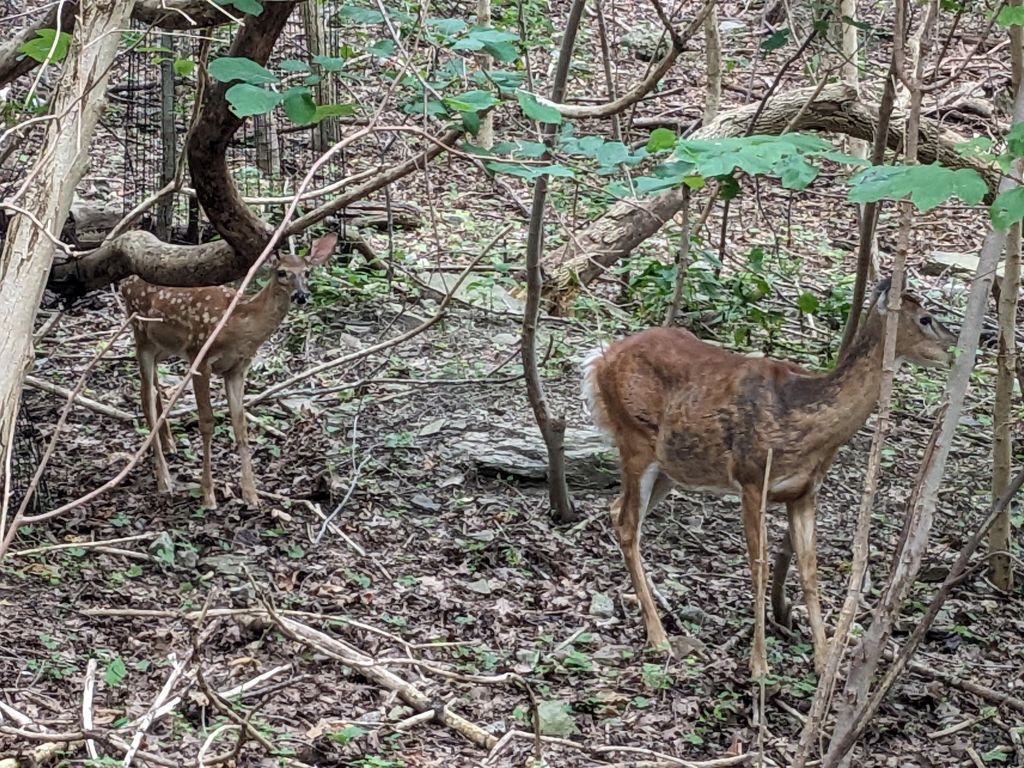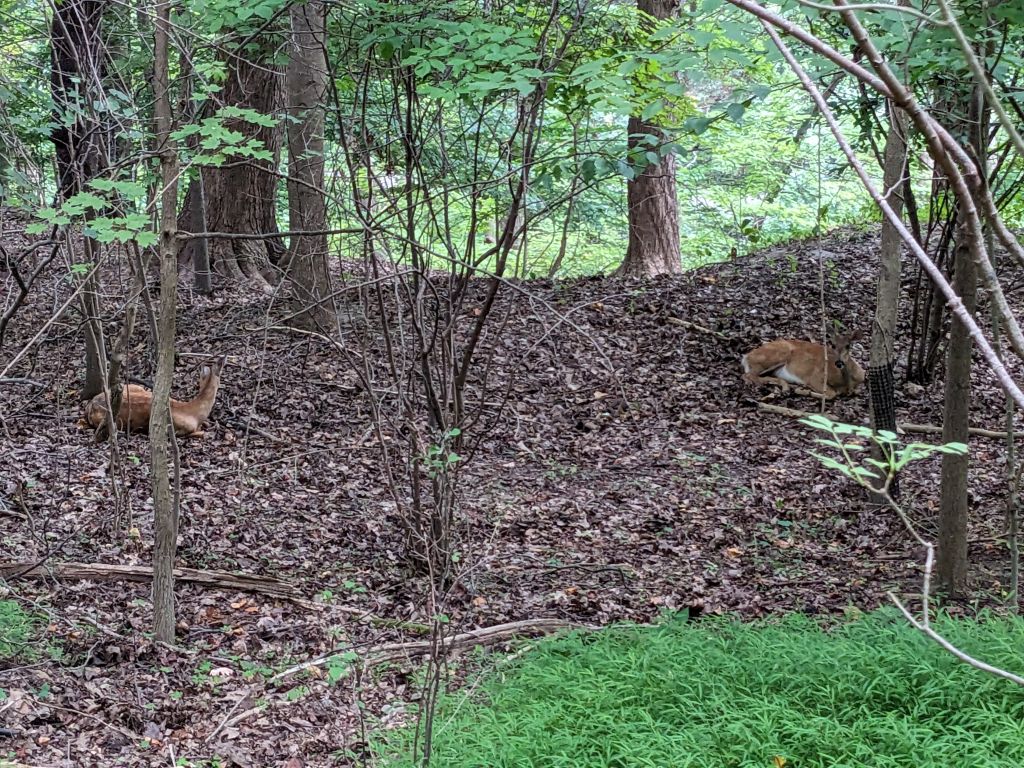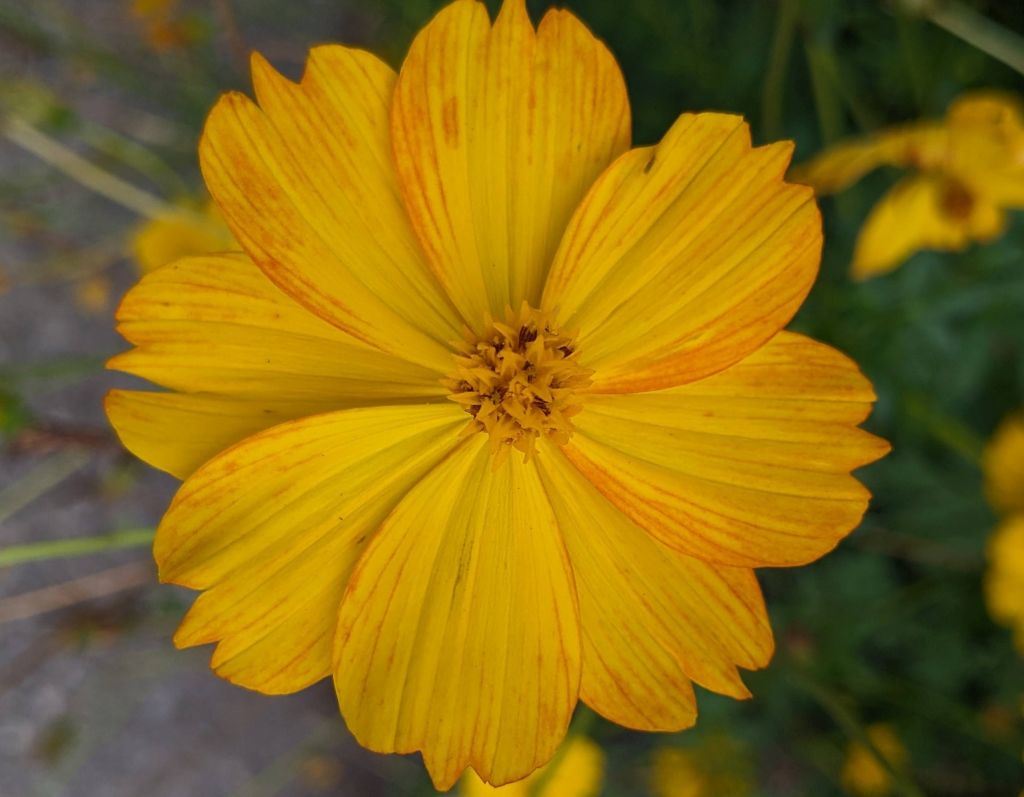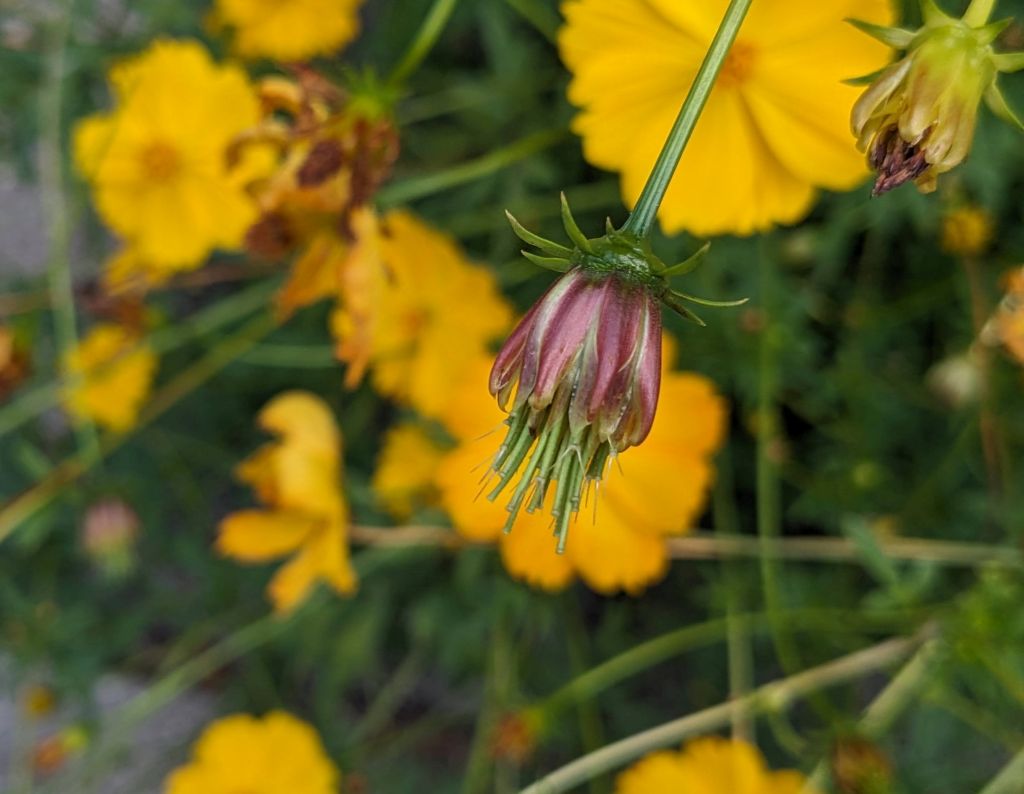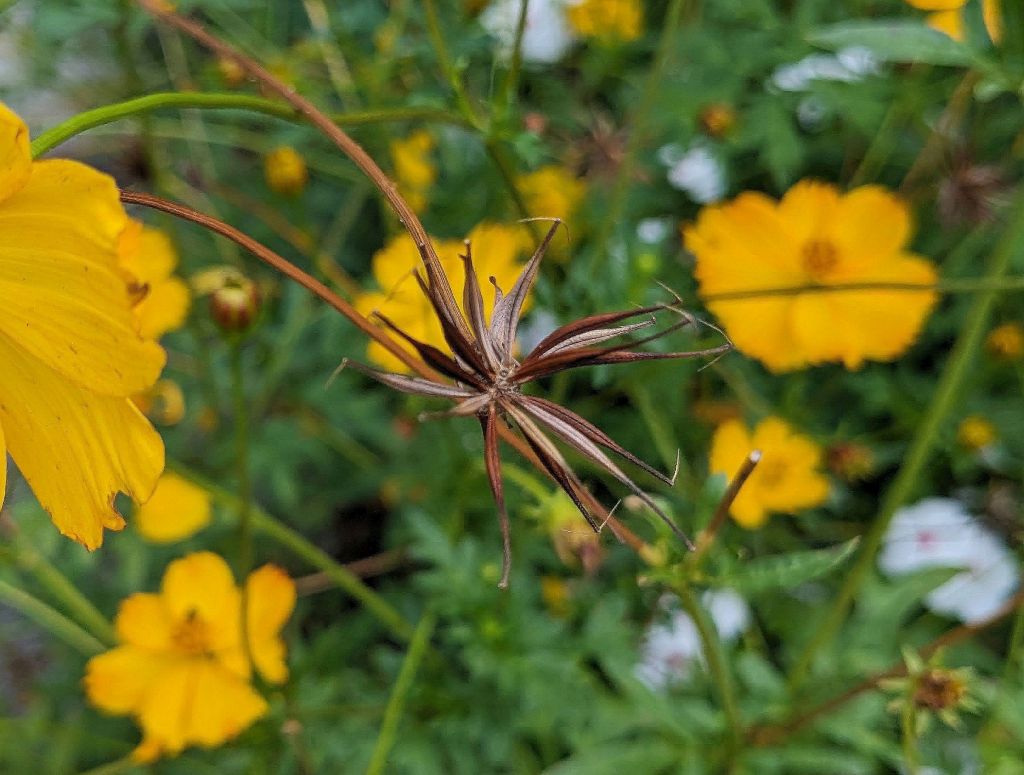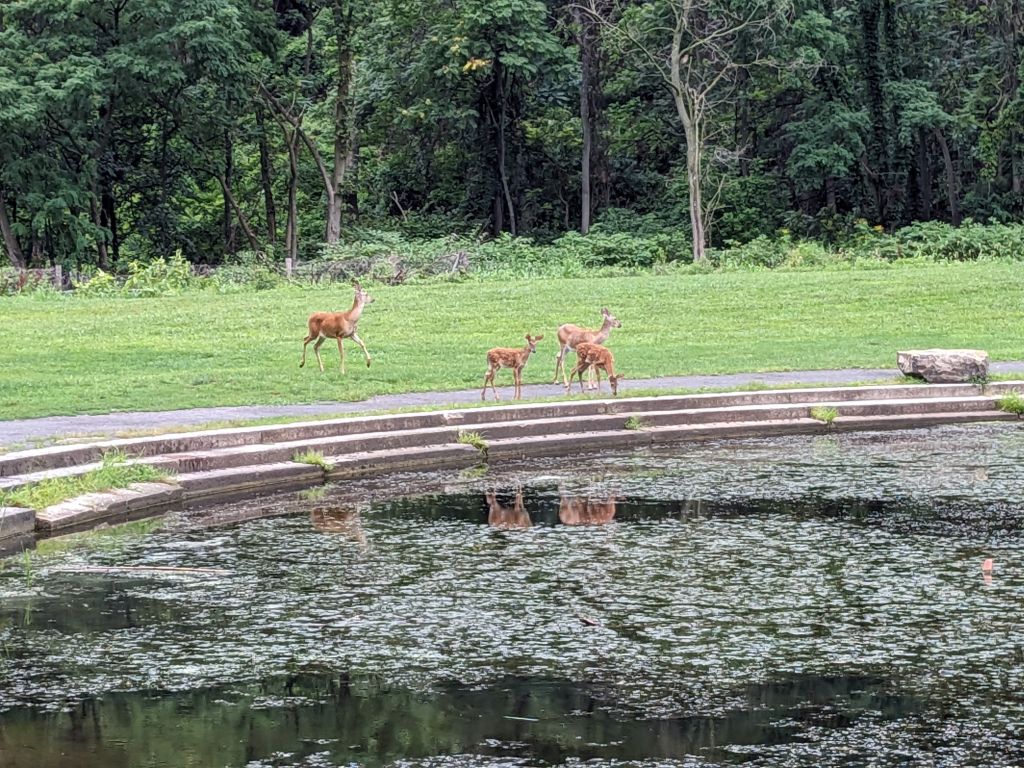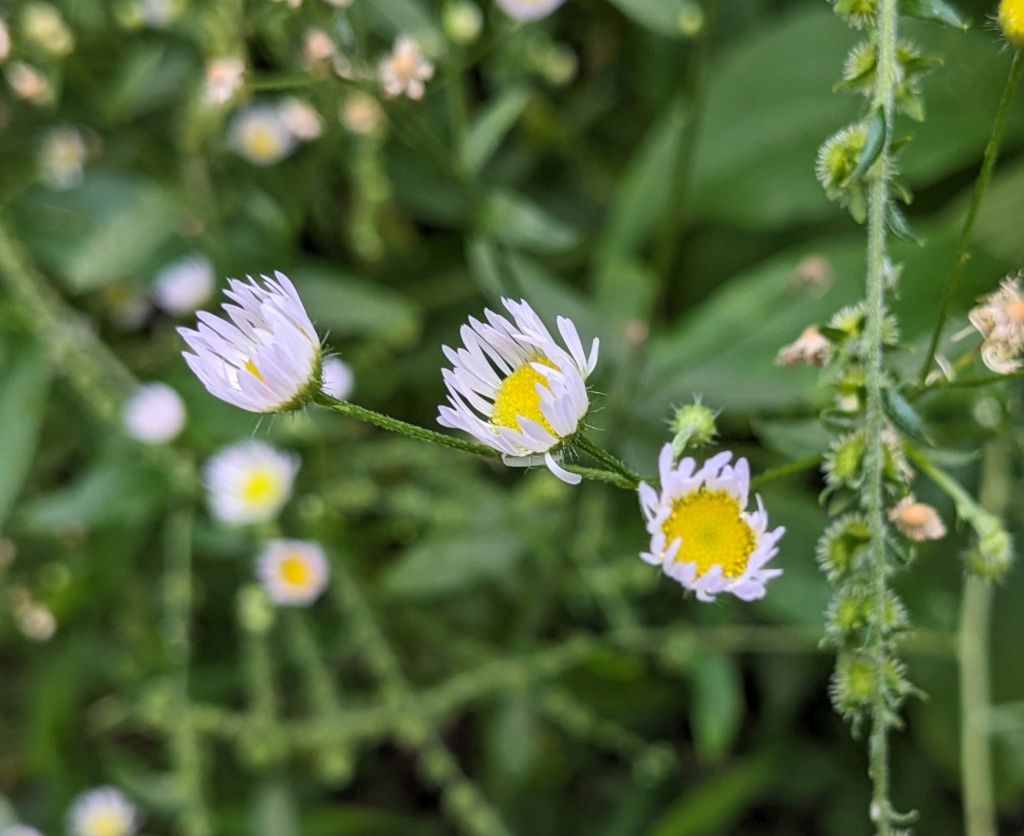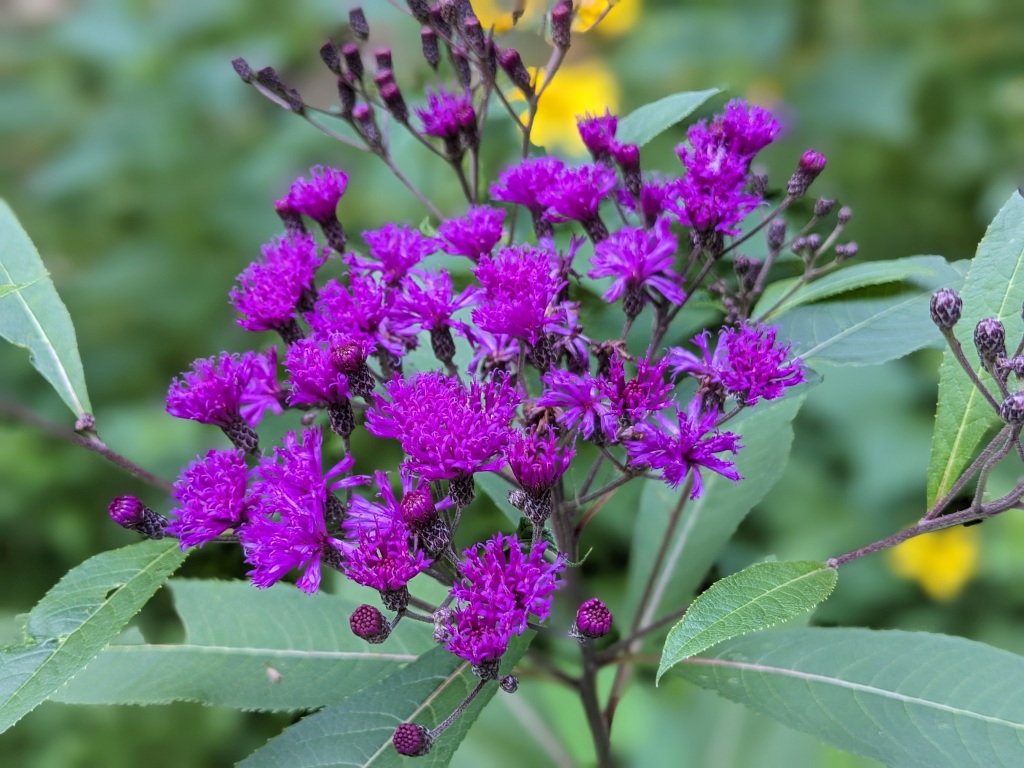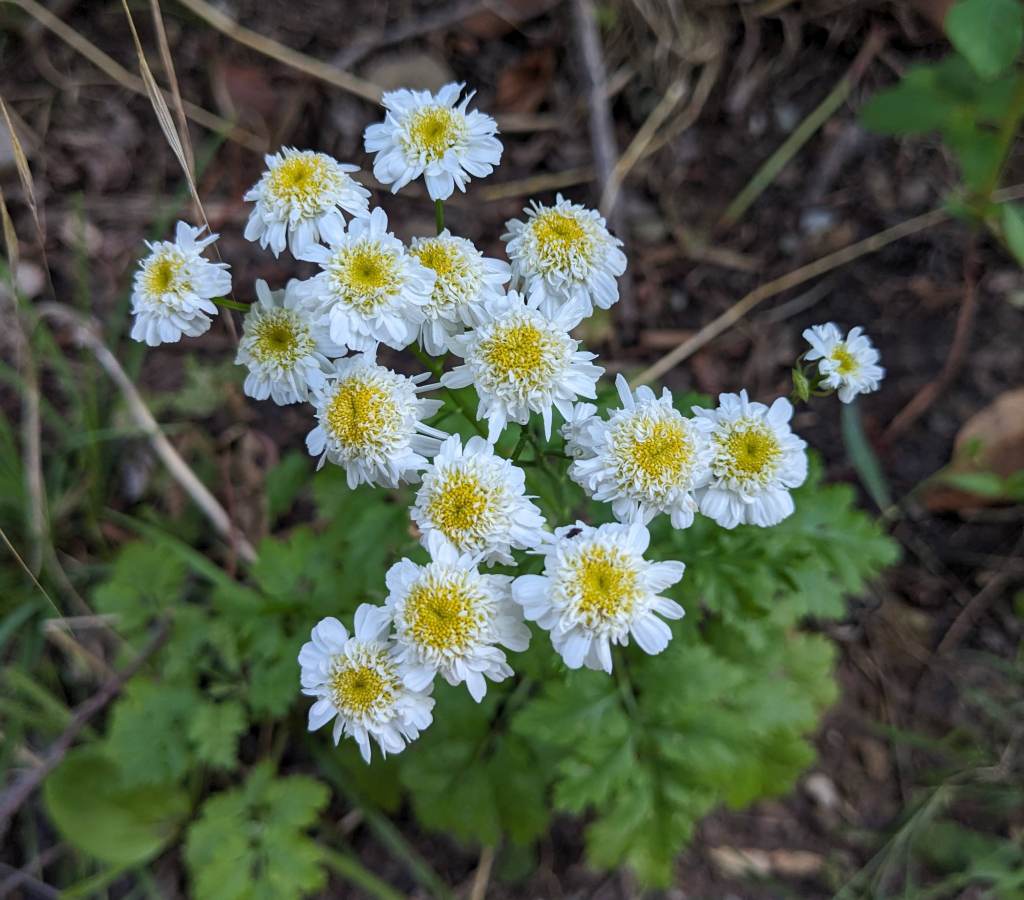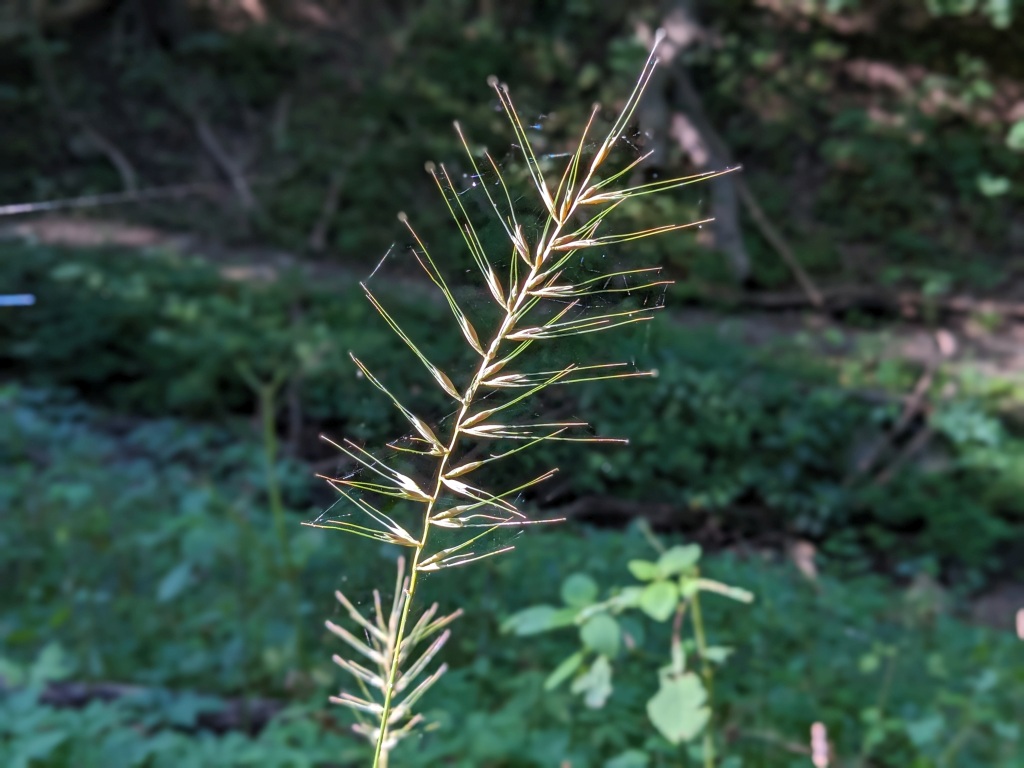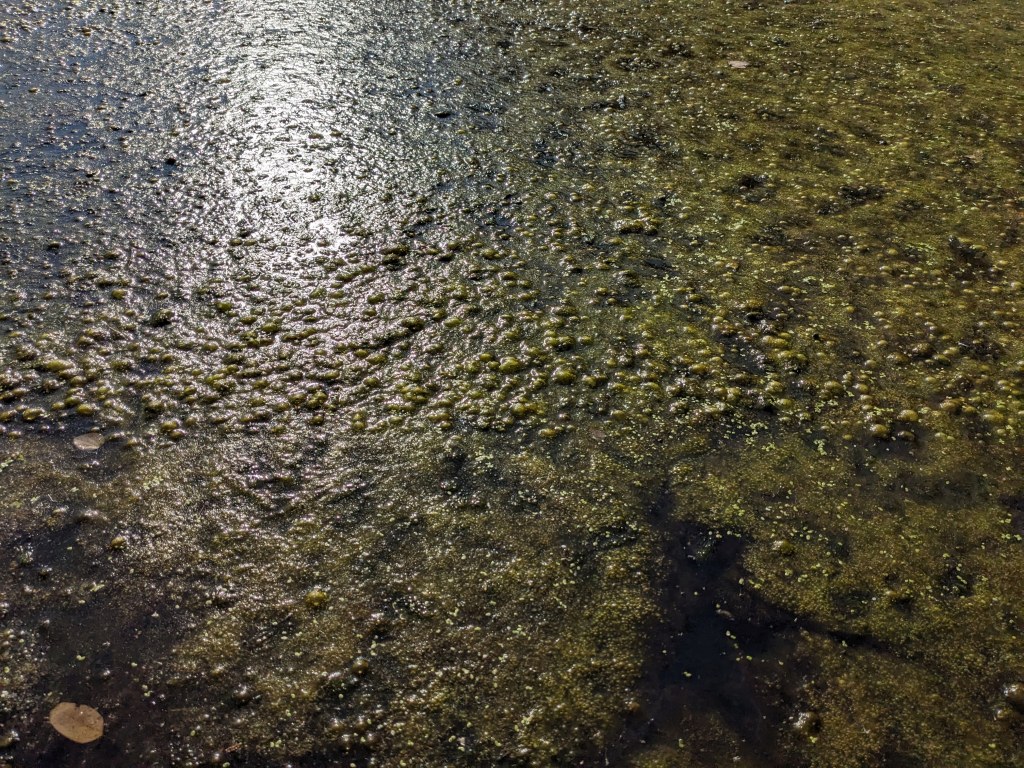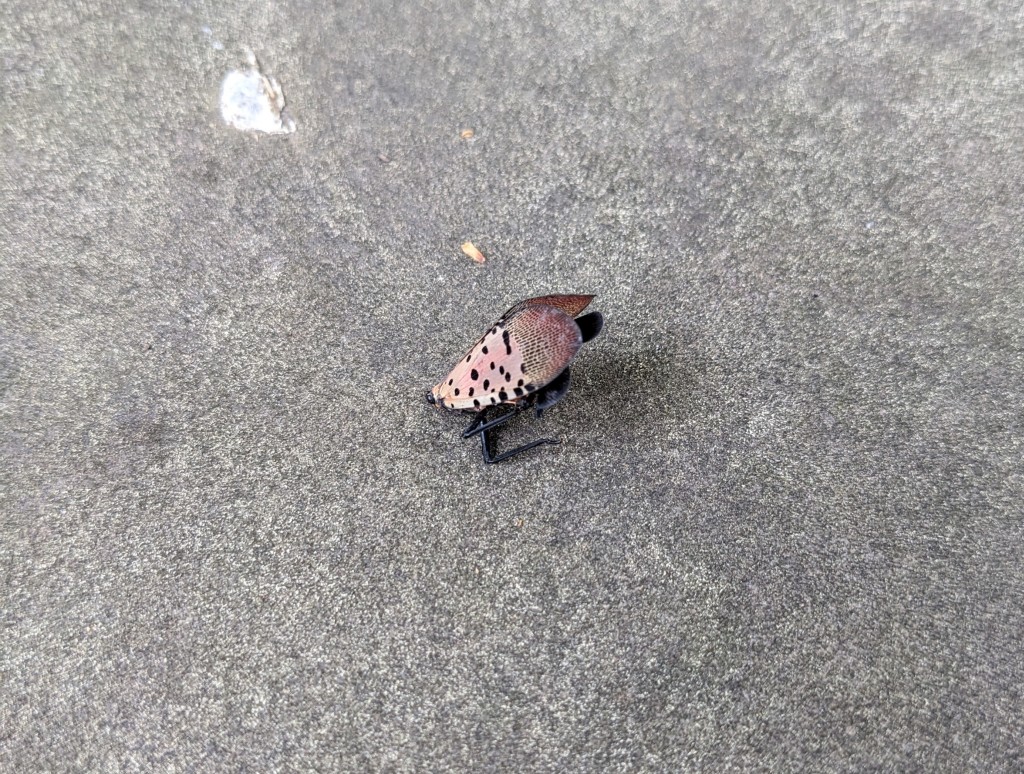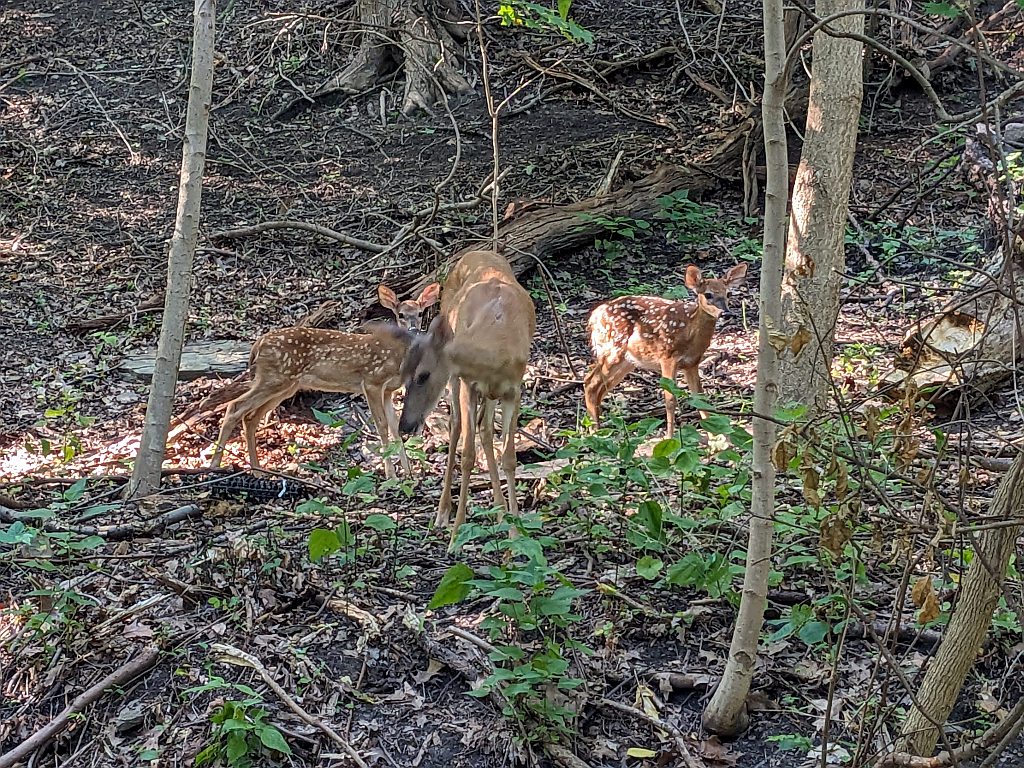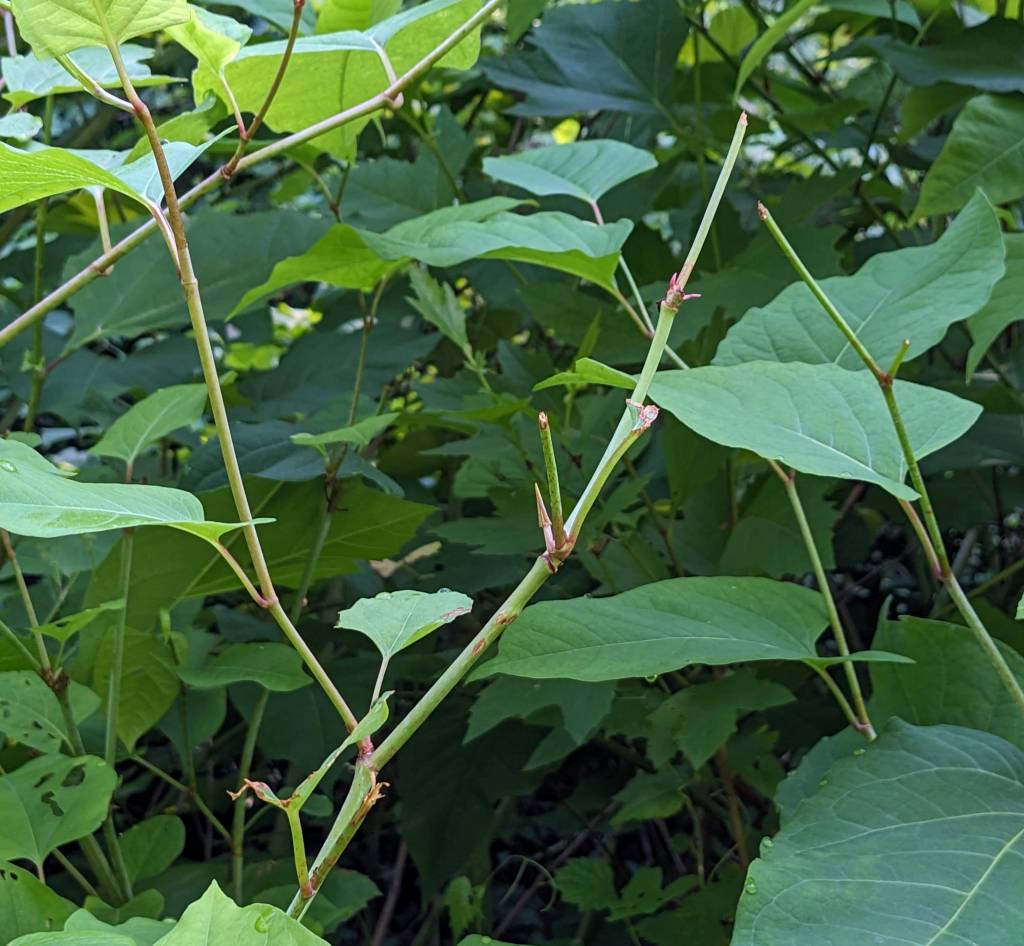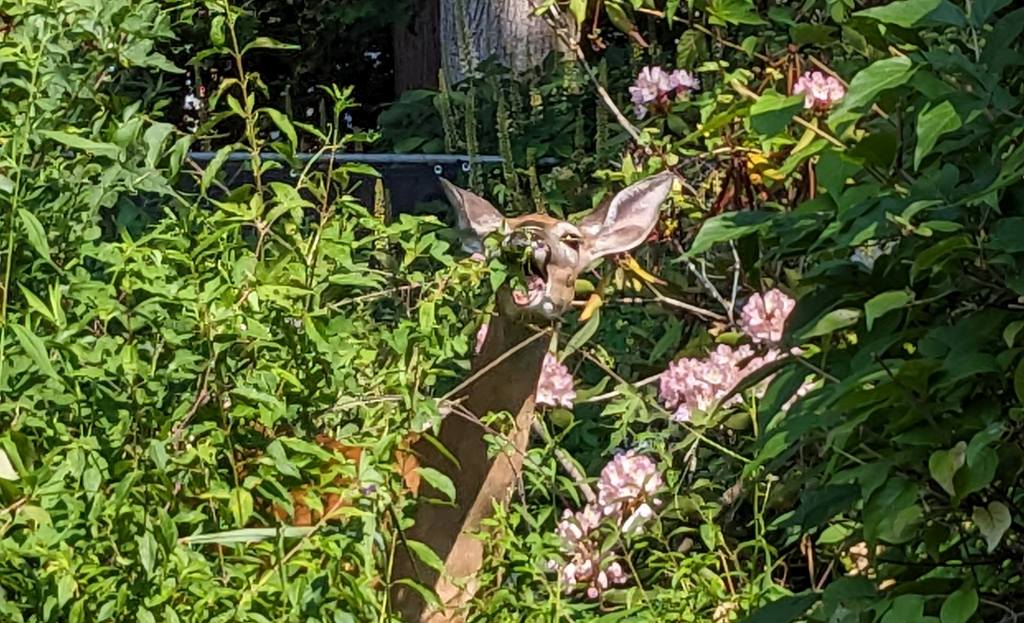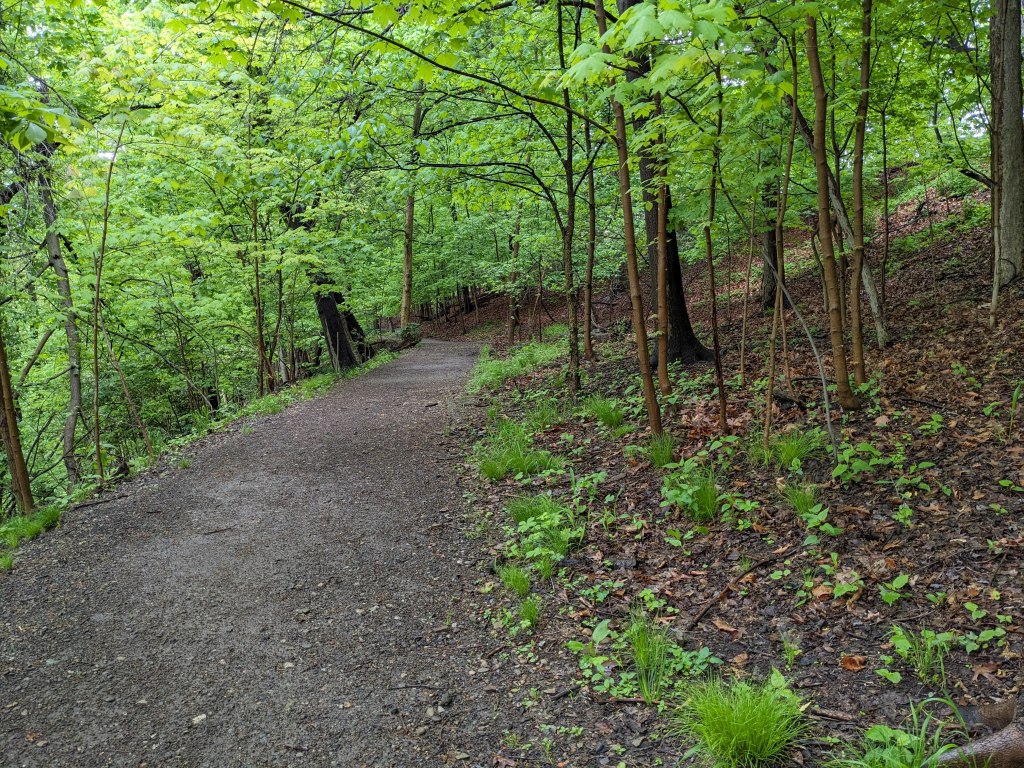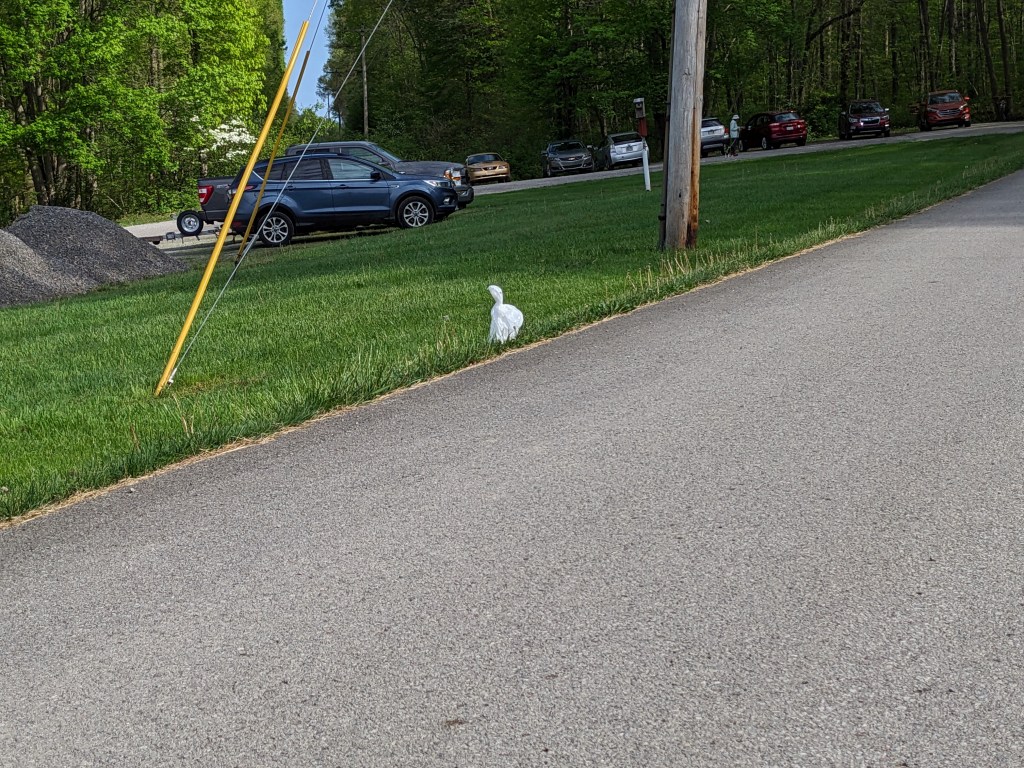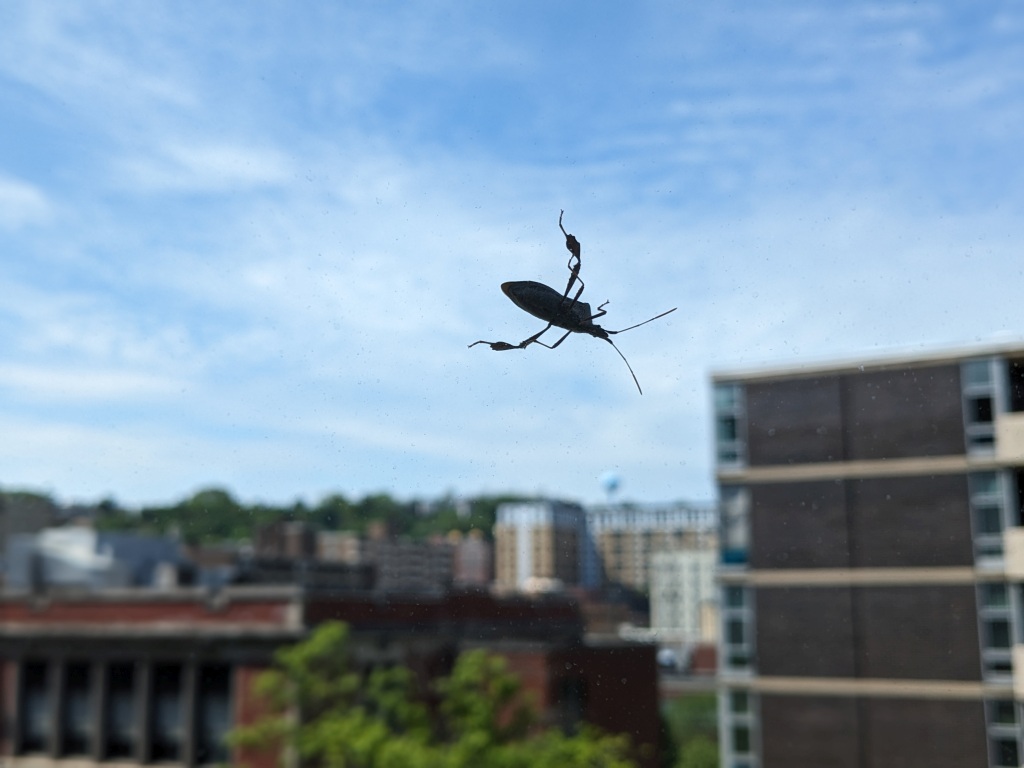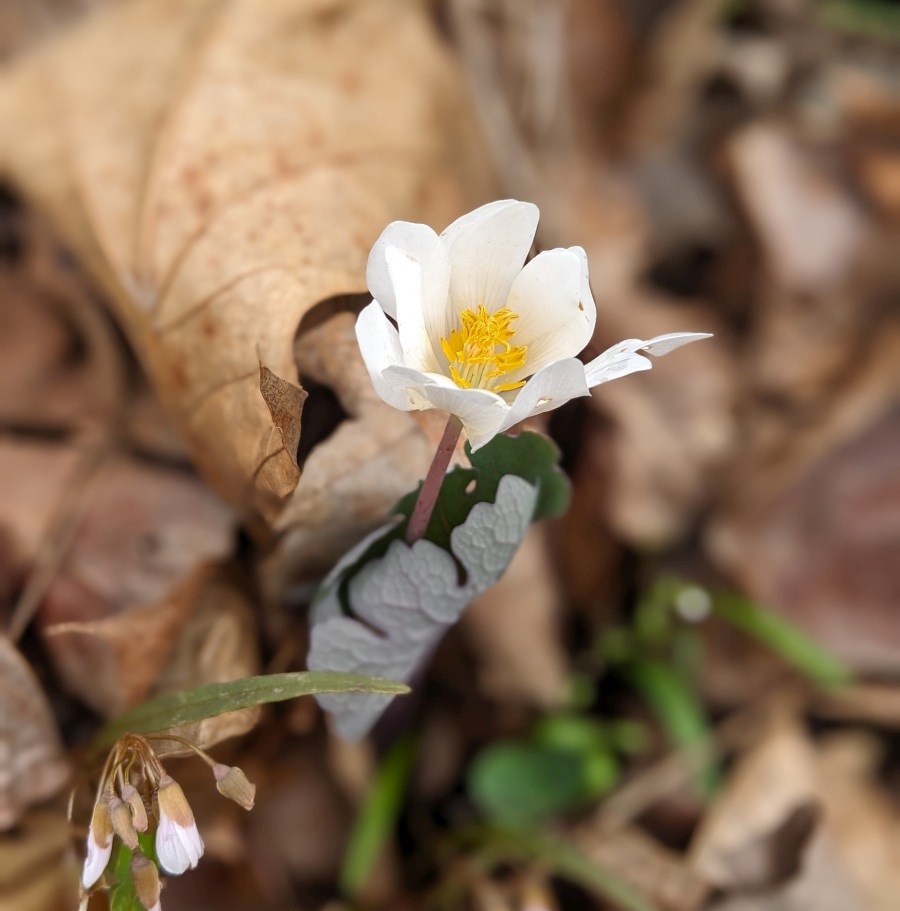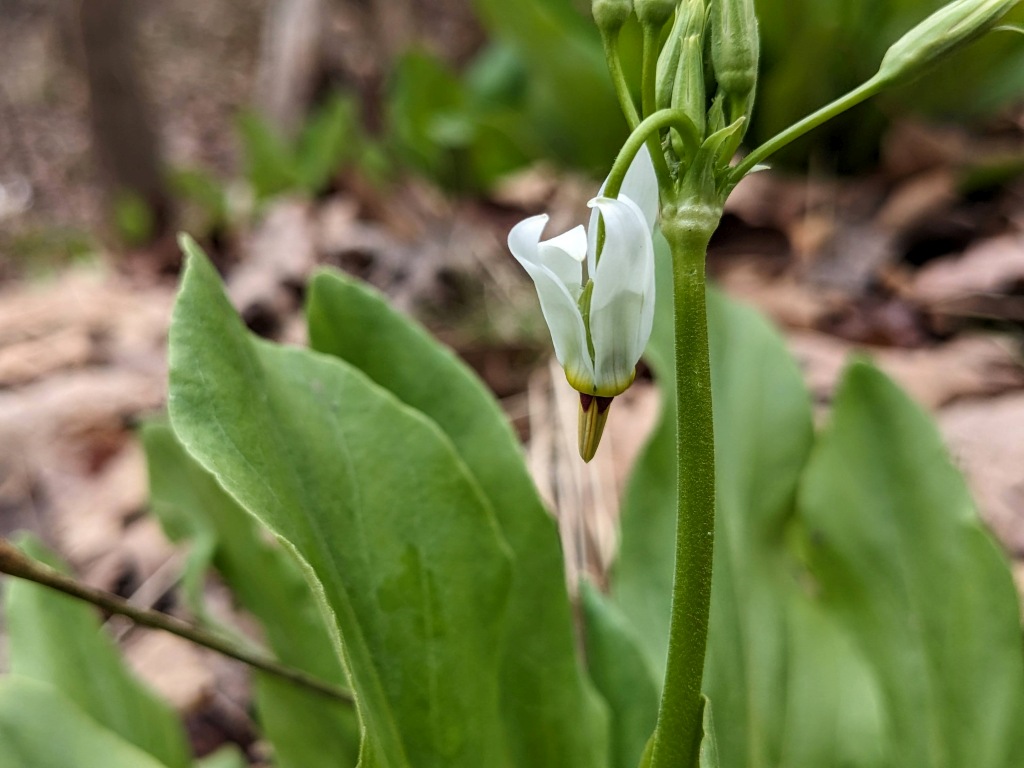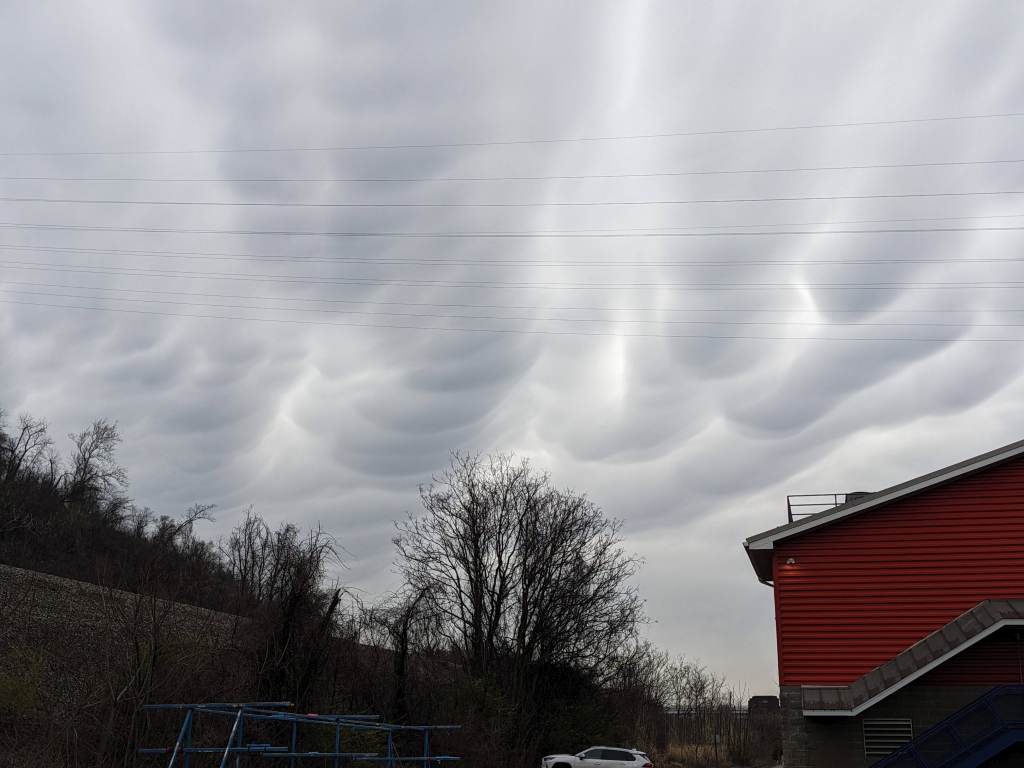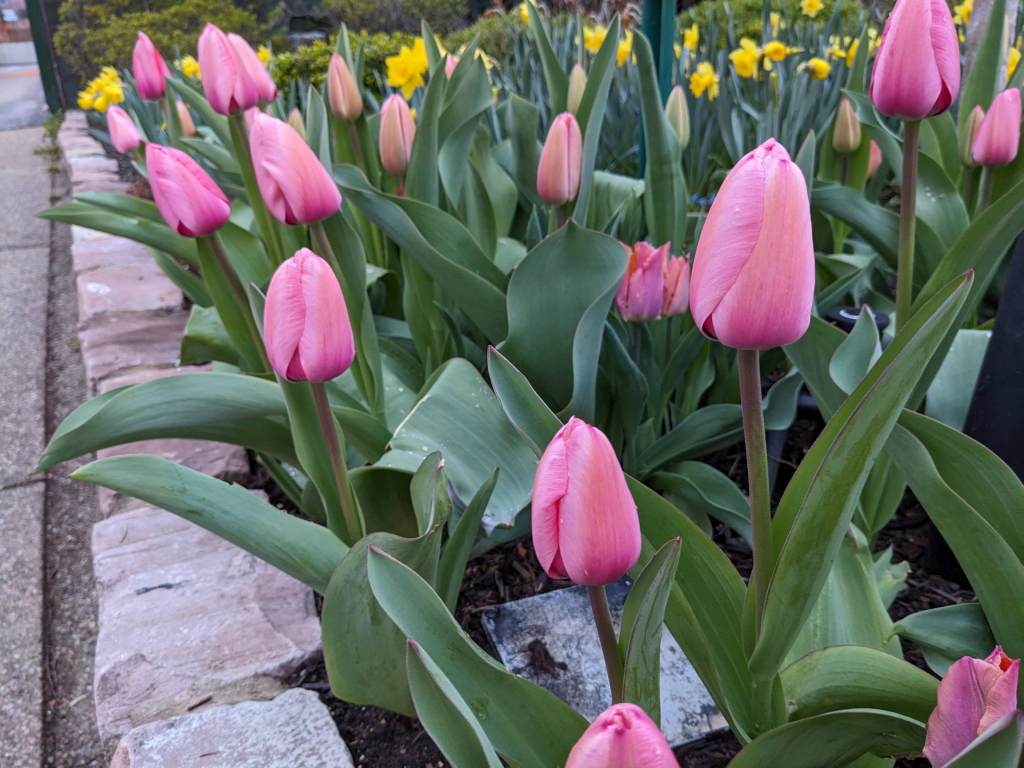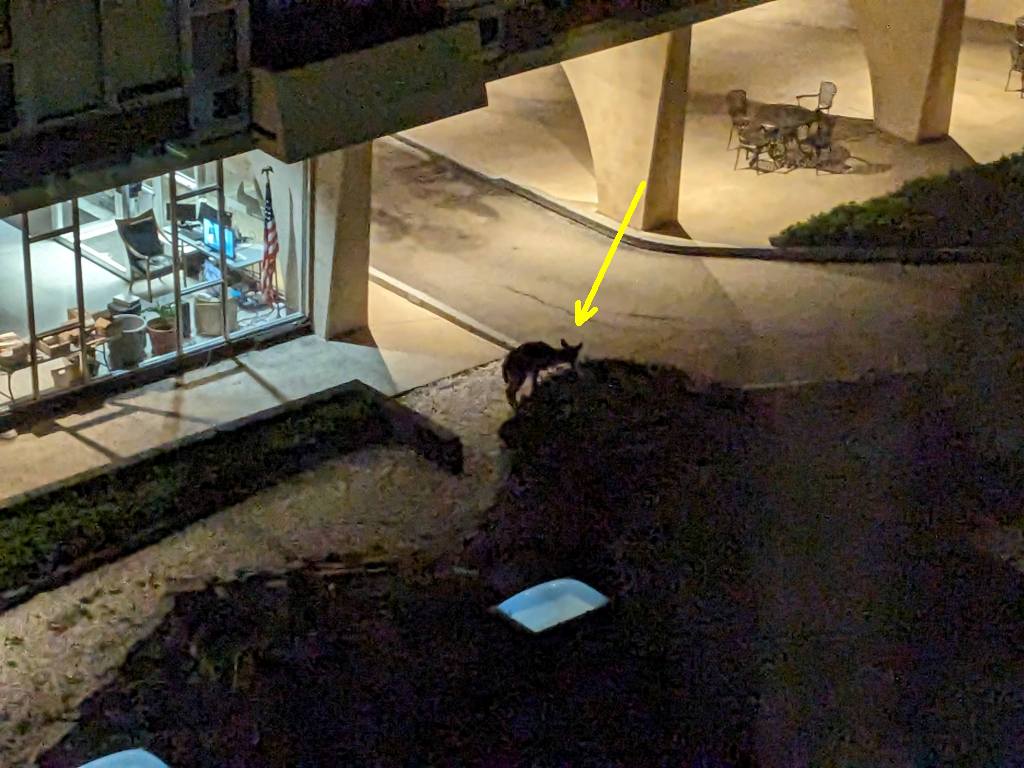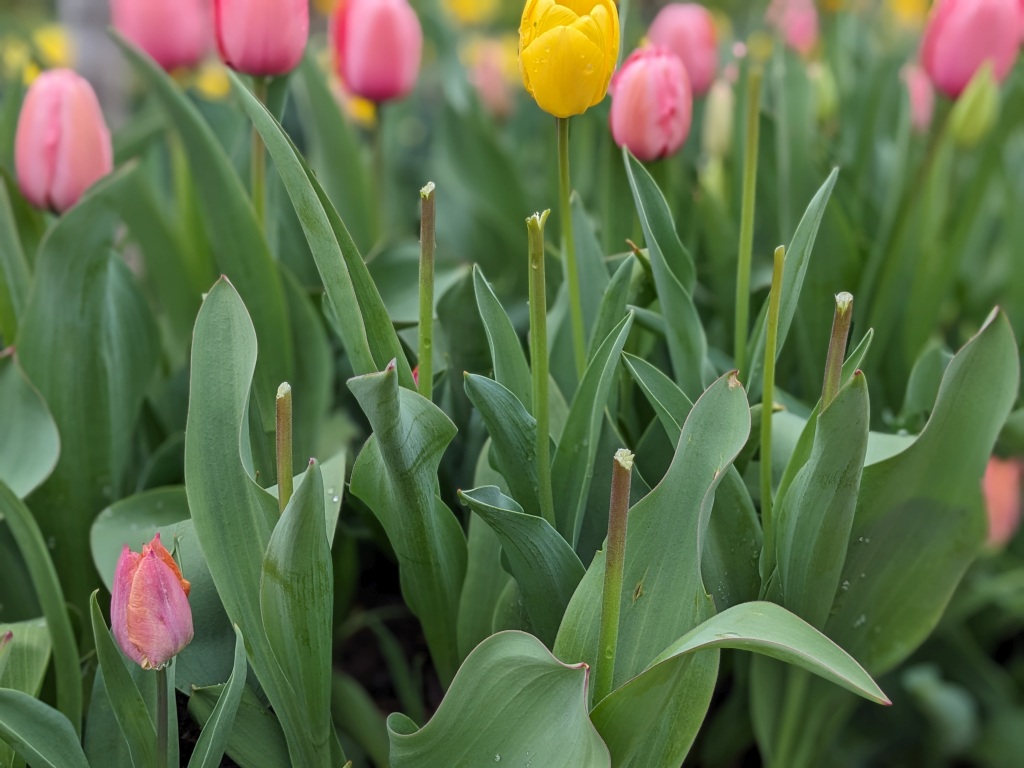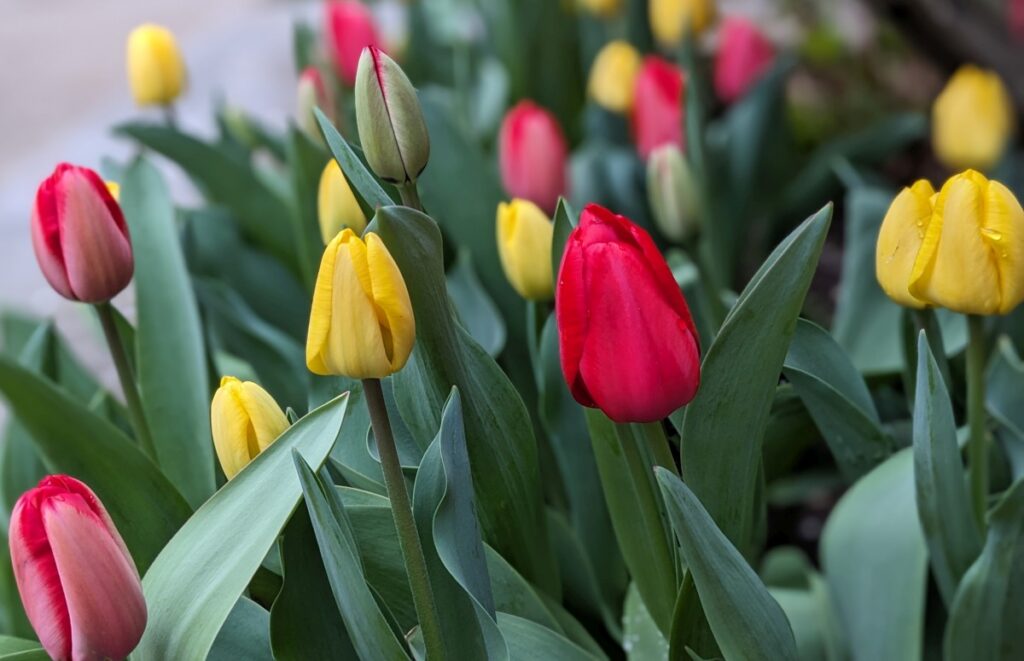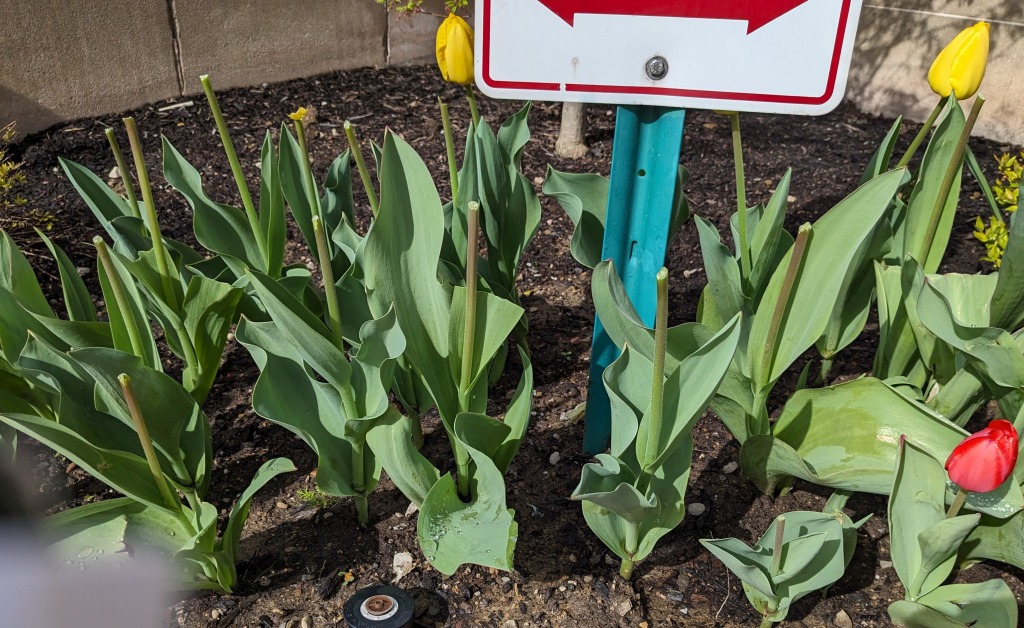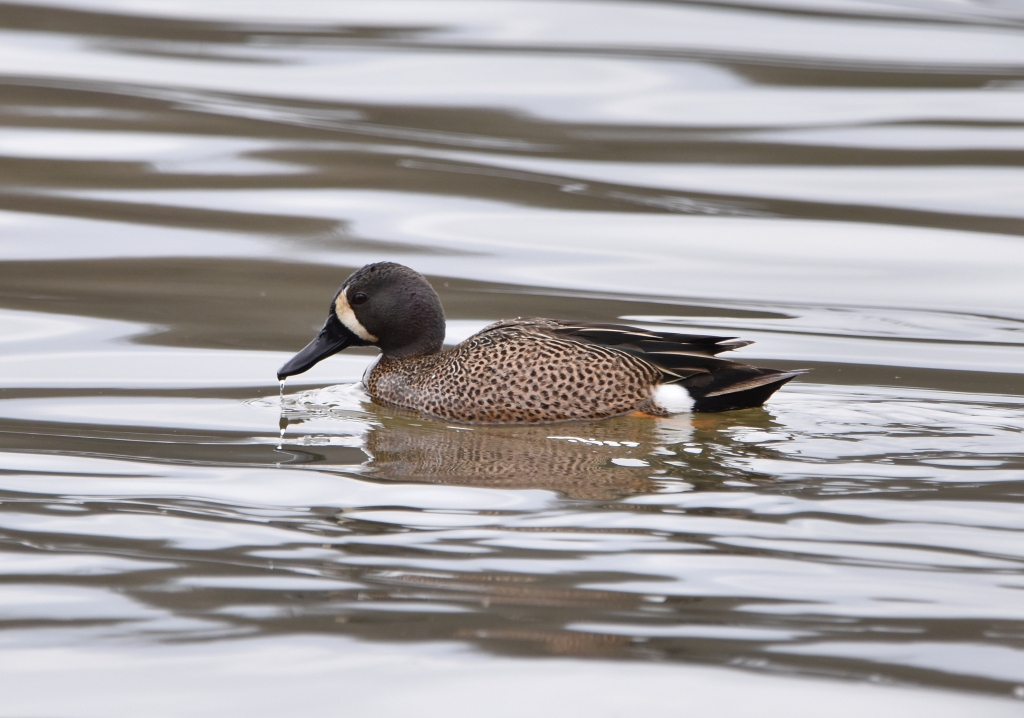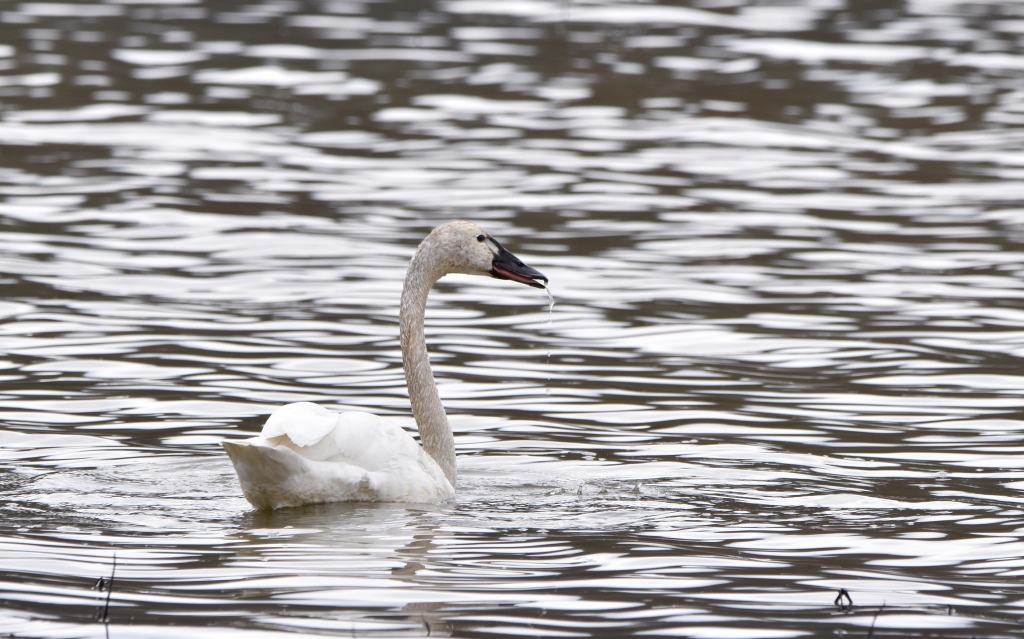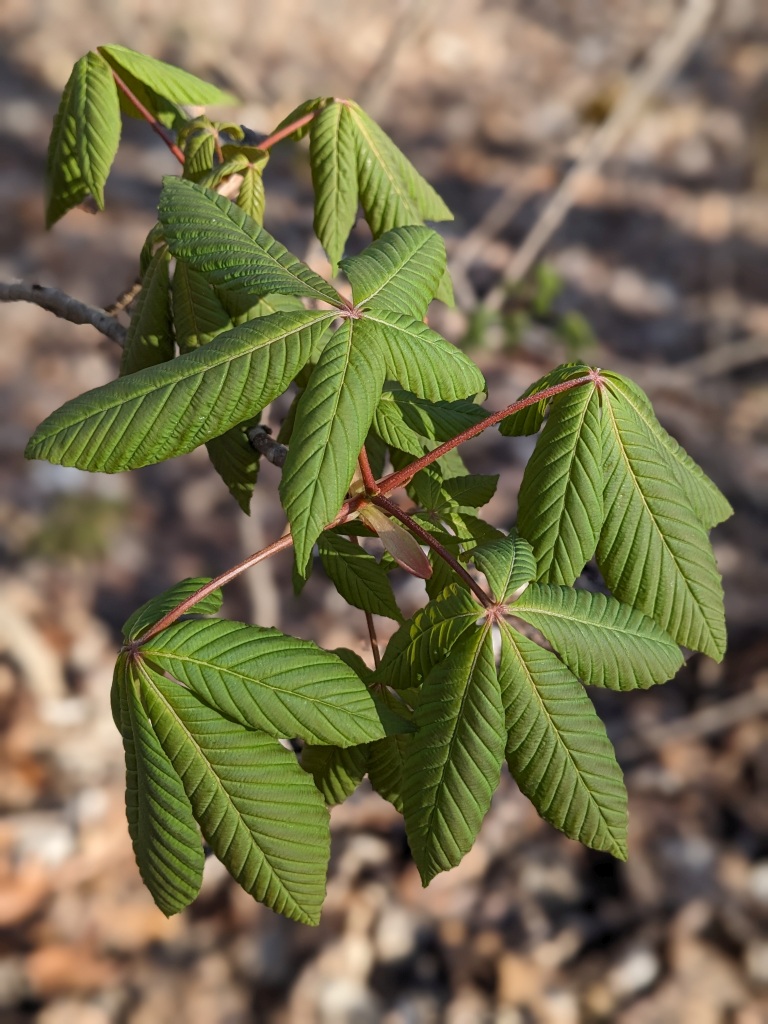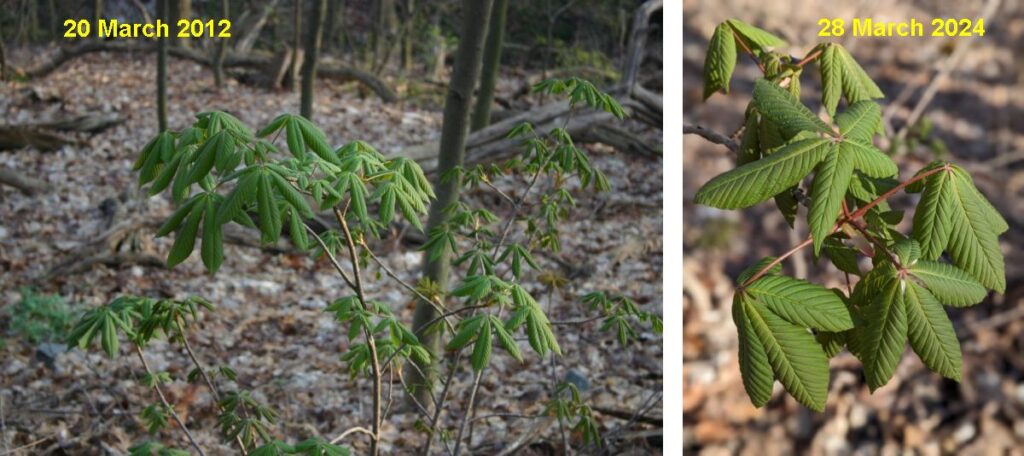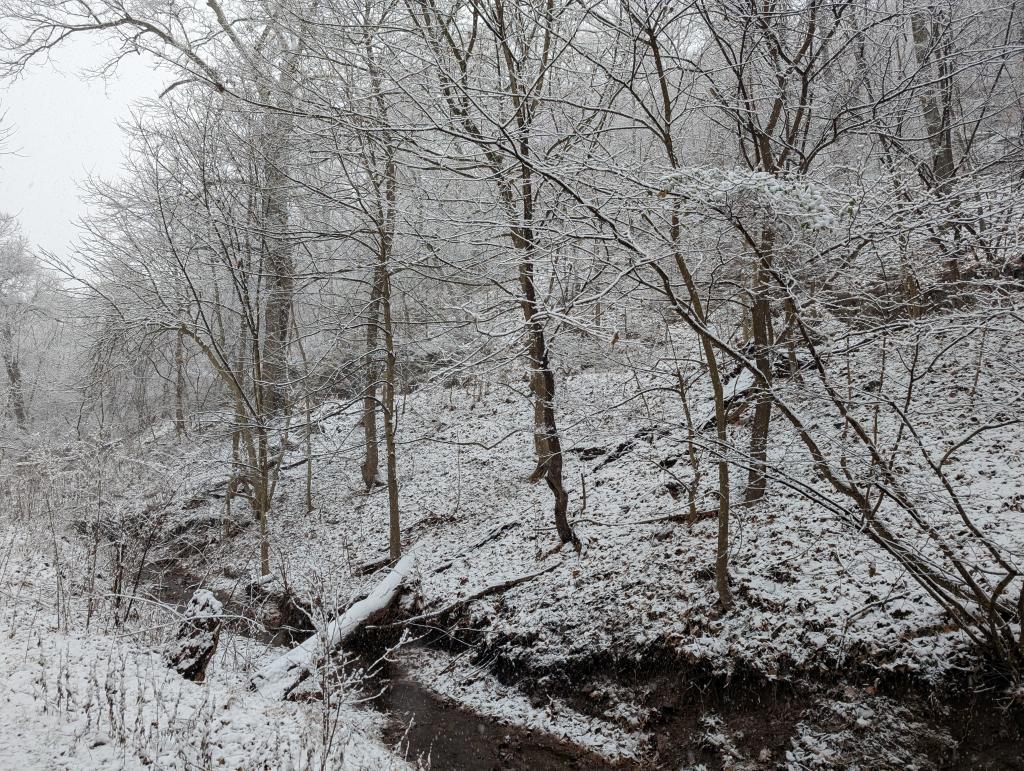
22 December 2024
In the run-up to the winter solstice the temperature dropped below freezing last week and the clouds moved in. Seen last week includes evidence of deer, snow and crows.
Evidence of deer: After the city parks bow hunt began in September the deer found other places to hang out including cemeteries and backyards. But we still see their evidence of their nighttime presence including this buck rub in Frick Park on 19 December.
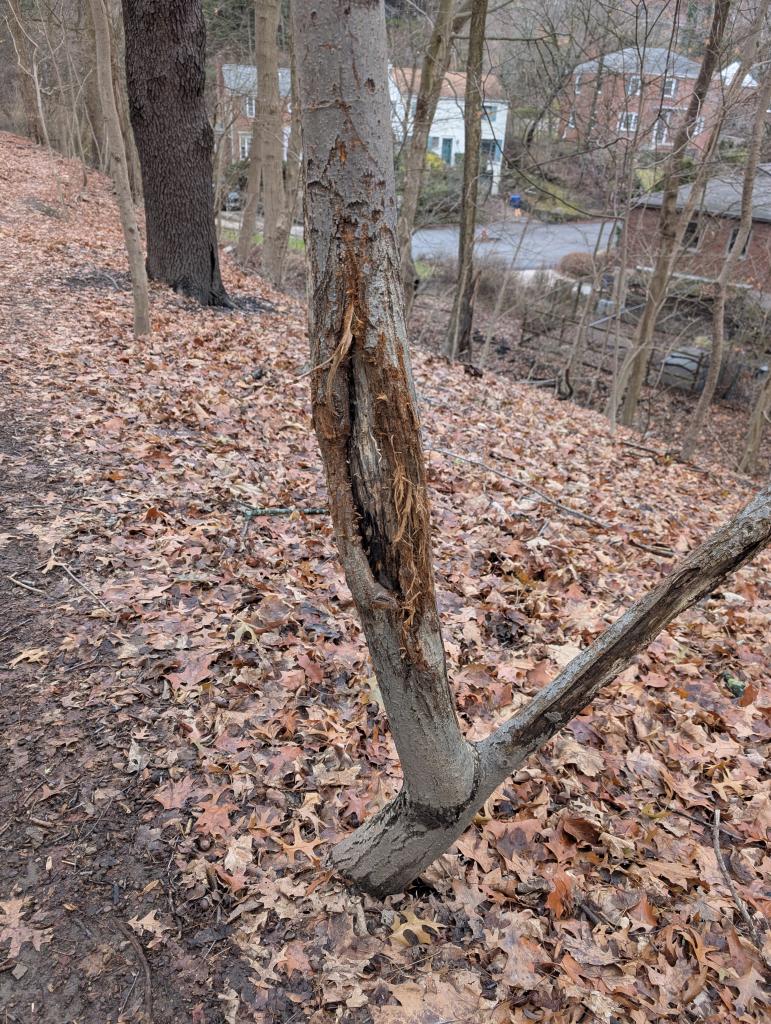
Snow fell on Friday and Saturday. In this video its starts out a bit furious and then tapers.
Our search for the Pittsburgh crow roost continues. We need to find as much of it as we can before the Pittsburgh Christmas Bird Count on Saturday, 28 December. So far we haven’t broken 10,000 but we know there are more than that.
Though crows prefer to spend the night in trees we’ve discovered they also roost on rooftops in Oakland where we cannot see and count them. Dang!
Last night Carol Steytler found some near the Pitt Field House. Not a huge number, but encouraging. Her video is dark; it was the middle of the night.
Please help us find the crows. Leave a comment to let me know where you see lots of crows after 4:00pm in the city limits. Tell me about …
- Huge flocks of crows
- Seen after 4:00pm or Overnight
- Where are they? Provide specific location, street or landmark.
- If flying, what direction are they going? I’ll map your contribution and triangulate.
Next week oughta be interesting.






